The Best Films of 2025
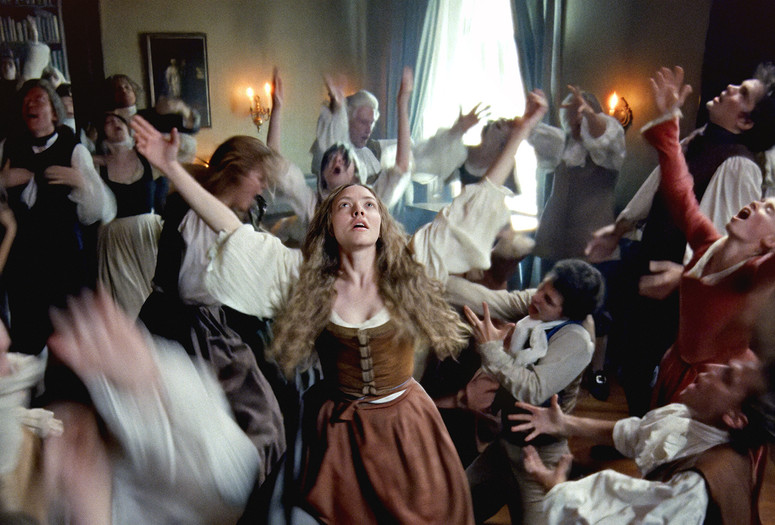
Mastermind - The best movies of 2025 showed us how to live differently. That’s what the movies always do; they bring us into the orbit of lives different from our own. This year, though, I’ve never felt I needed their guidance more.︎
Film - 12/26/2025
Jim Jarmusch’s Cinema of Daily Life
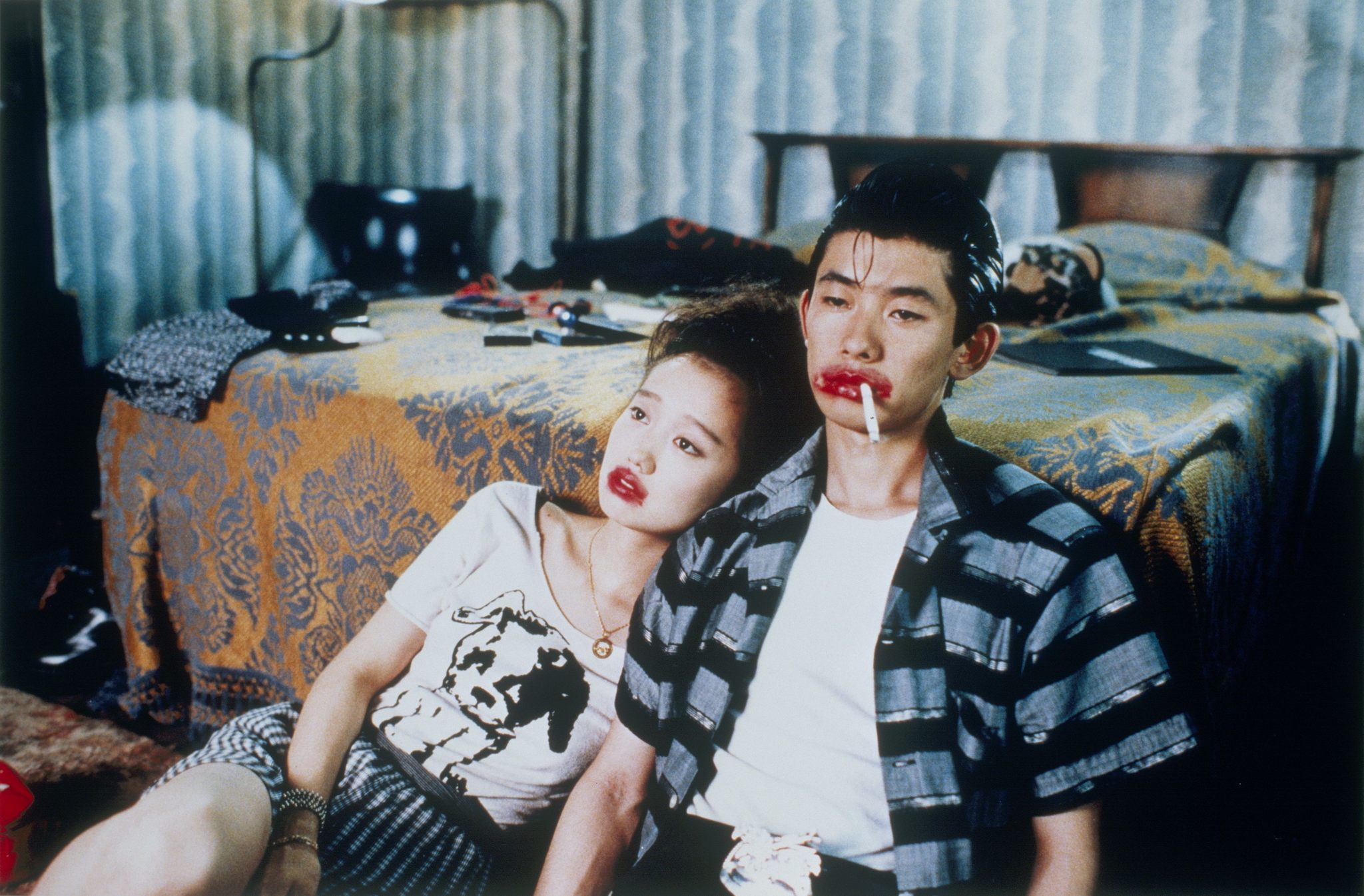
Mastermind - Full of laconic performances and poetic speech, the films of Jim Jarmusch sometimes seem to be about nothing at all. A closer look at his career, however, reveals the director’s preoccupation with the ceremonies and obligations of family ties. The arrival of a long-lost relation, in fact, served as the inciting incident for the film that kicked off his career, 1984’s Stranger Than Paradise, which starred John Lurie and former Sonic Youth drummer Richard Edson as two deadbeat New Yorkers visited by a Hungarian cousin (Eszter Balint). The casting of musicians, prioritization of interesting faces over strong performances and presentation of American culture through the eyes of foreigners all became hallmarks of Jarmusch’s subsequent films, which have grown in budget and cachet without much development in plot. Still, there’s a case to be made that movies about nothing are the best kind of movies, especially in a world that prioritizes information, action and meaning.︎
Film - 12/20/2025
Inside the Safdie Split
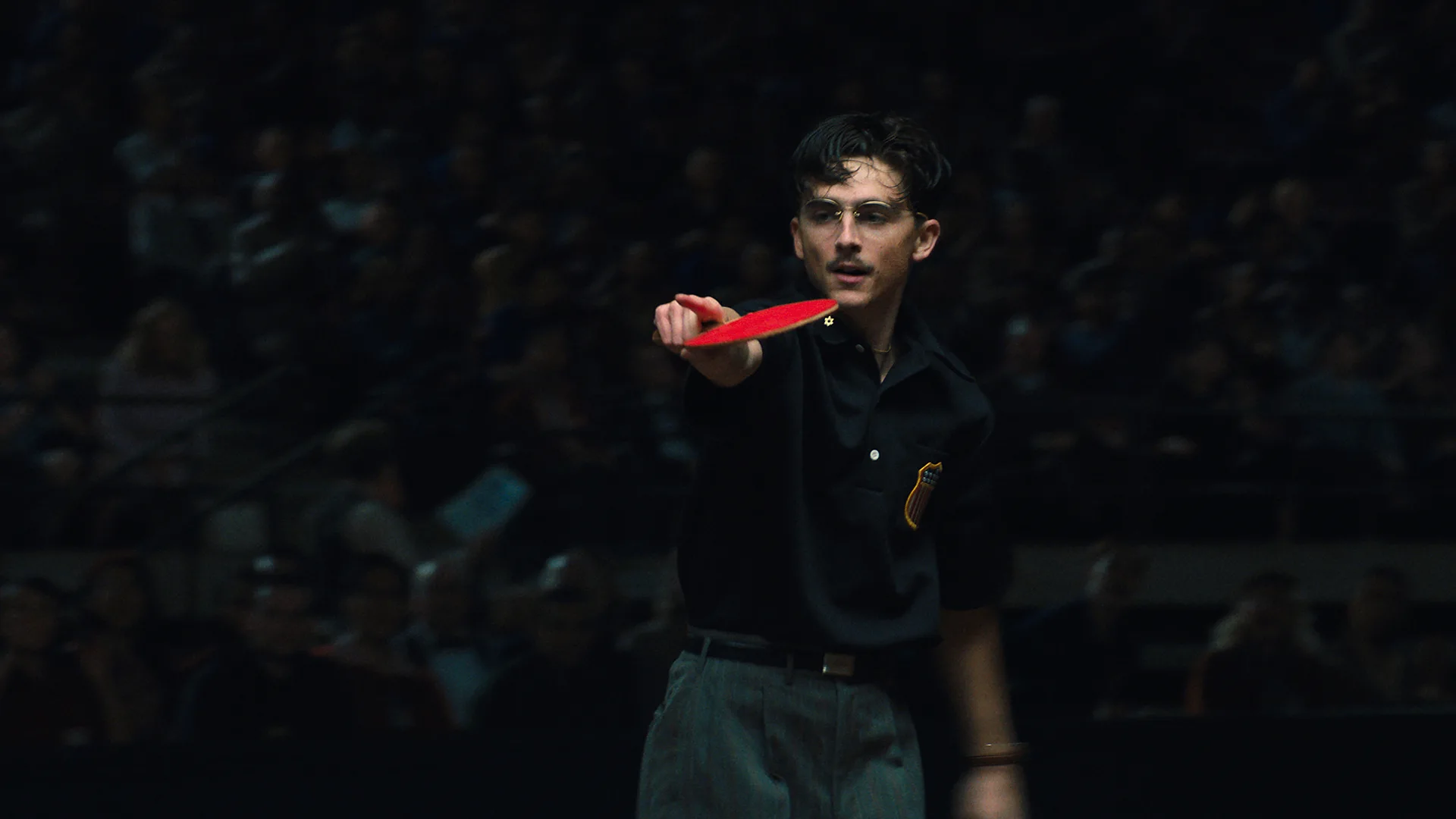
Mastermind - For over a decade, their surname has been casually pluralized, taking for granted a decades-long collaborative effort in the mold of the Wachowskis or the Coens. But Benny and Josh began their cinematic careers independent of one another, and it was perhaps inevitable that their creative differences and personal idiosyncrasies would eventually lead them back to rupture. Judging by their recent independent outputs, it’s becoming progressively clear where the artistic impulses of each brother lie. And, as the hype around Marty Supreme inadvertently helps demonstrate, it’s also becoming clear that Josh was the dominant creative force of their films made in unison.︎
Film - 12/16/2025
New Disaster Cinema
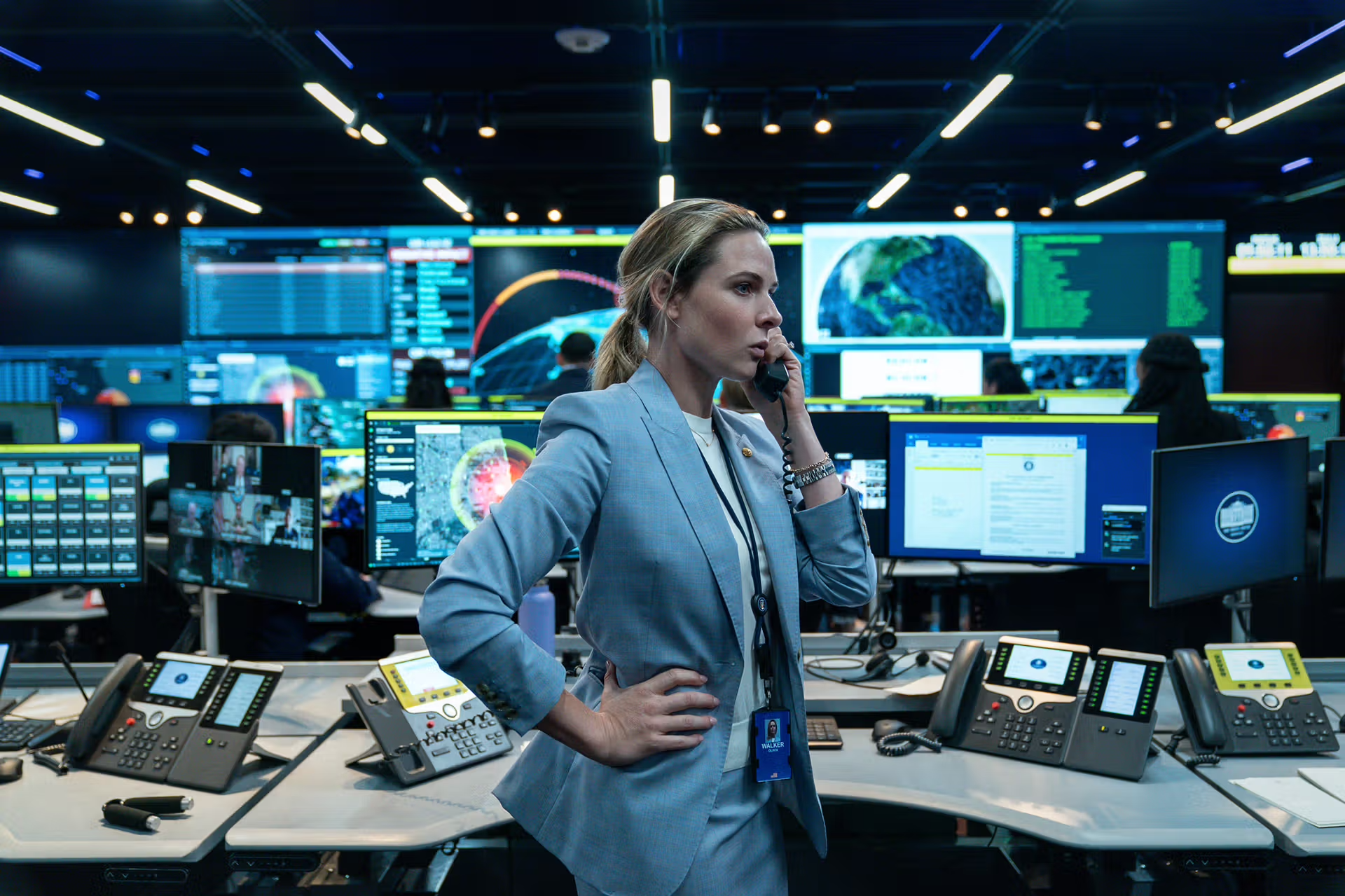
Spike Art Magazine - If, like me, you believe that movies have a way of distilling the zeitgeist, then 2025 inaugurated a new era of apocalypse. There was Bugonia, a film that, directed by Yorgos Lanthimos, reintroduces the concept of all-powerful aliens weighing the merits of our deeply imperfect species; and Kathryn Bigelow’s white-knuckle political thriller A House of Dynamite, which stages an ultra-realistic scenario of nuclear attack on the US. These films, to pick the best of several millenarian plots I saw this year (including Oliver Laxe’s Sirāt, Bi Gan’s Resurrection, and Julia Ducournau’s Alpha) imagine global crises at vastly different scales, as experienced by characters with very different levels of agency. But their message is the same: Call your loved ones and make peace with your god. There is no redemption in store for humanity.︎
Film - 12/1/2025
The Trouble With Hamnet

Mastermind - Am I a bad person for not sobbing through Hamnet? Judging by rapturous early reviews out of Toronto and Telluride, my tepid response may mark me as heartless. The story, to be sure, intends to shatter viewers – it’s hardly a spoiler to admit that it revolves around the death of a child. And Chloe Zhao’s direction, clamorous and raw, aims to bring us as close to this experience as possible, universalizing it in the screaming grief and shattered stoicism of the boy’s mother and father, played by Jessie Buckley and Paul Mescal, respectively. But the story is not the tragedy of common folk, or even fictional characters; it concerns William Shakespeare, the most celebrated writer in human history, and his wife Anne (here, Agnes) Hathaway. In Hamnet, the immediacy of these emotional actors and the distance of these long-dead historical figures never quite seem to align.︎
Film - 12/1/2025
Melissa Anderson Looks Back on 25 Years of Reviewing Movies

Interview - Melissa Anderson is your favorite film critic’s favorite film critic. Her reviews are testy, sharp, and impeccably researched. She has a crush on Kristen Stewart, doesn’t give a fuck about the Oscars, and found that the premise of The Substance “could fit on a grain of rice.” She knows that we are living through a Golden Age of watching bold, dangerous, eros-expanding cinema (in the rep theaters of New York City, at least) and a Dark Age for producing anything new or imaginative. Needless to say, she is a woman of opinions, the most timeless of which (translation: those that did not make her cringe upon reread) have been collected in The Hunger: Film Writing 2012 – 2024, out this month from Film Desk Books.︎
Film - 11/24/2025
Inside Orson Welles’ Hall of Mirrors

Mastermind - It’s hard to write about Orson Welles without resorting to myth. Even the facts are legendary. Orphaned at a young age, by 17 he was a world traveler and the author of an immensely popular series of beginners’ guides to Shakespeare. At age 20, he was in New York, directing an all-Black production of Macbeth that was a runaway success, and made a formative impression on a teenaged James Baldwin. By 23, he was in such high demand as a radio actor that he used ambulances to ferry him between gigs across town. With Welles, the truth often seems stranger than fiction, although the larger-than-life director would probably be the first to suggest the line between them is irrelevant and almost immaterial. After all, good stories take on lives of their own.︎
Film - 10/31/2025
Interview: Kelly Reichardt

November - Kelly Reichardt has used the term “gathering cinema” to describe her work, a phrase that refers to a dichotomy drawn by Ursula K. Le Guin in her 1986 essay “The Carrier Bag Theory of Fiction.” In Le Guin’s essay, narrative is said to revolve not around the violent heroism of the hunter, but rather the unglamorized subsistence of the gatherer. Reichardt has used this placid, observational approach to deconstruct quintessentially American genres such as the crime spree and the Western in films like Meek’s Cutoff (2011), Night Moves (2013) and First Cow (2019). Reichardt has recently turned her gaze toward the creation and reception of visual art: Michelle Williams plays a beleaguered sculptor in her 2021 film Showing Up and Josh O’Connor plays a bumbling art thief in her 2025 film The Mastermind. These movies do not exalt singular acts of creative and artistic expression, but rather mystify the machinations behind them.︎
Film - 10/23/2025
The Crumbling Social Orders of Stanley Kubrick

Mastermind - The films of Stanley Kubrick don’t fit easily into boxes. Shot equally in black and white or color, and ranging in tone from parodic comedy to supernatural horror, it sometimes seems they share nothing in common beyond the mastery of their making. This contradiction, between rigidity of form and suppleness of content, might be what leaves so many cinephiles enraptured by Kubrick’s movies. How did the infamously strict, dictatorial director also manage to produce such creative spontaneity?︎
Film - 10/01/2025
It Is Our Duty to Win
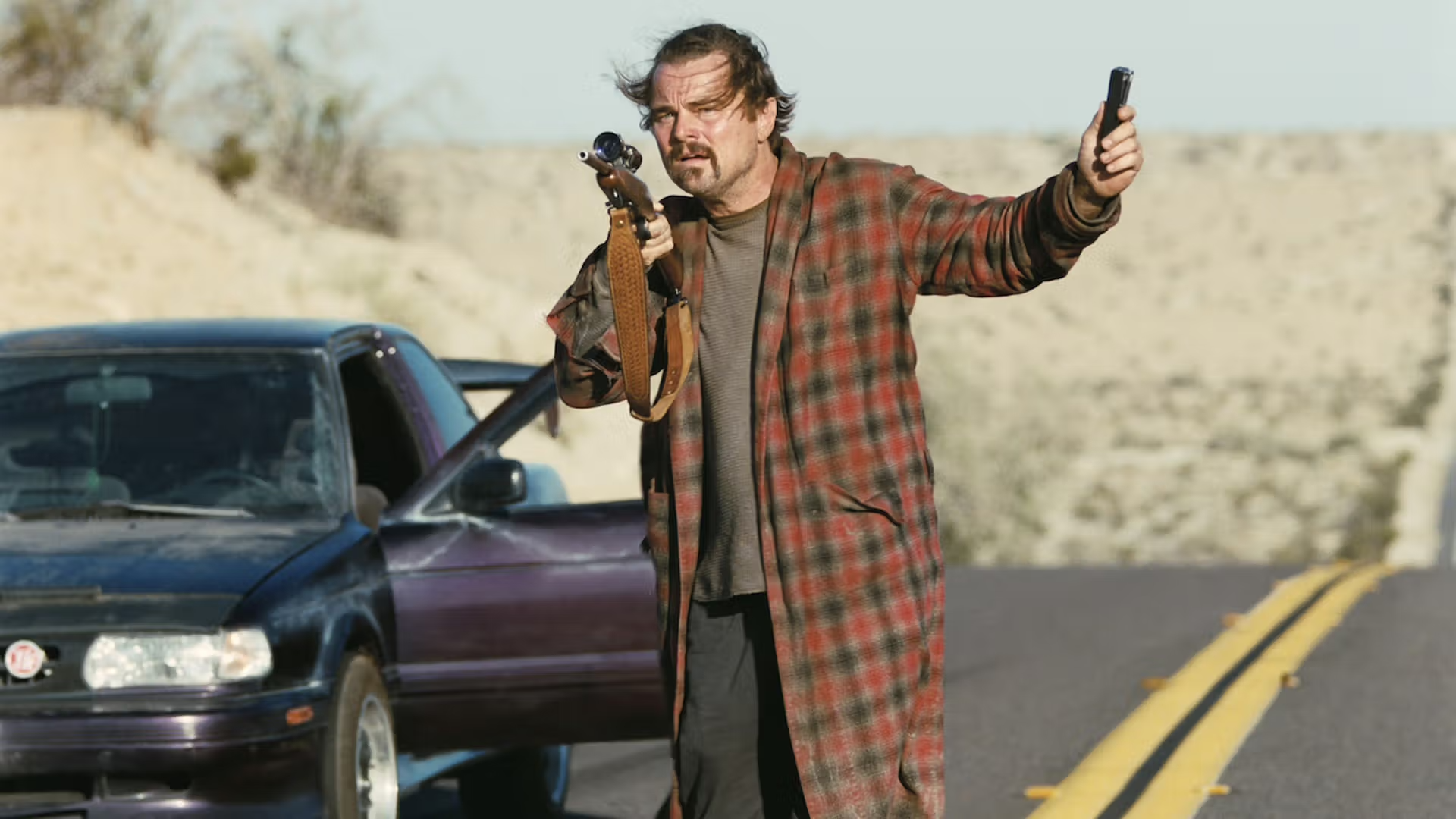
Spike Art Magazine - Paul Thomas Anderson’s One Battle After Another (2025) arrived in theaters the day after the death of militant revolutionary Assata Shakur. Born JoAnne Byron in 1947, by the early 1970s, Shakur had gone from leading the Harlem chapter of the Black Panther Party to joining the Black Liberation Army (BLA), a Marxist-Leninist paramilitary group. With her comrades, she robbed banks, bombed police cars, and was described by a deputy commissioner of the NYPD as “the soul of the gang, the mother hen who kept them together, kept them moving, kept them shooting.” She was arrested in 1973, after a routine traffic stop turned into a shootout that left an officer dead; despite demonstrating her innocence, Shakur was sentenced to life in prison for murder. She gave birth to a daughter in pre-trial detention. In 1979, she escaped to Cuba with the BLA’s help, where she spent the rest of her days free from the oppression of the United States.︎
Film - 09/10/2025
Lessons in Empathy at the Venice Film Festival
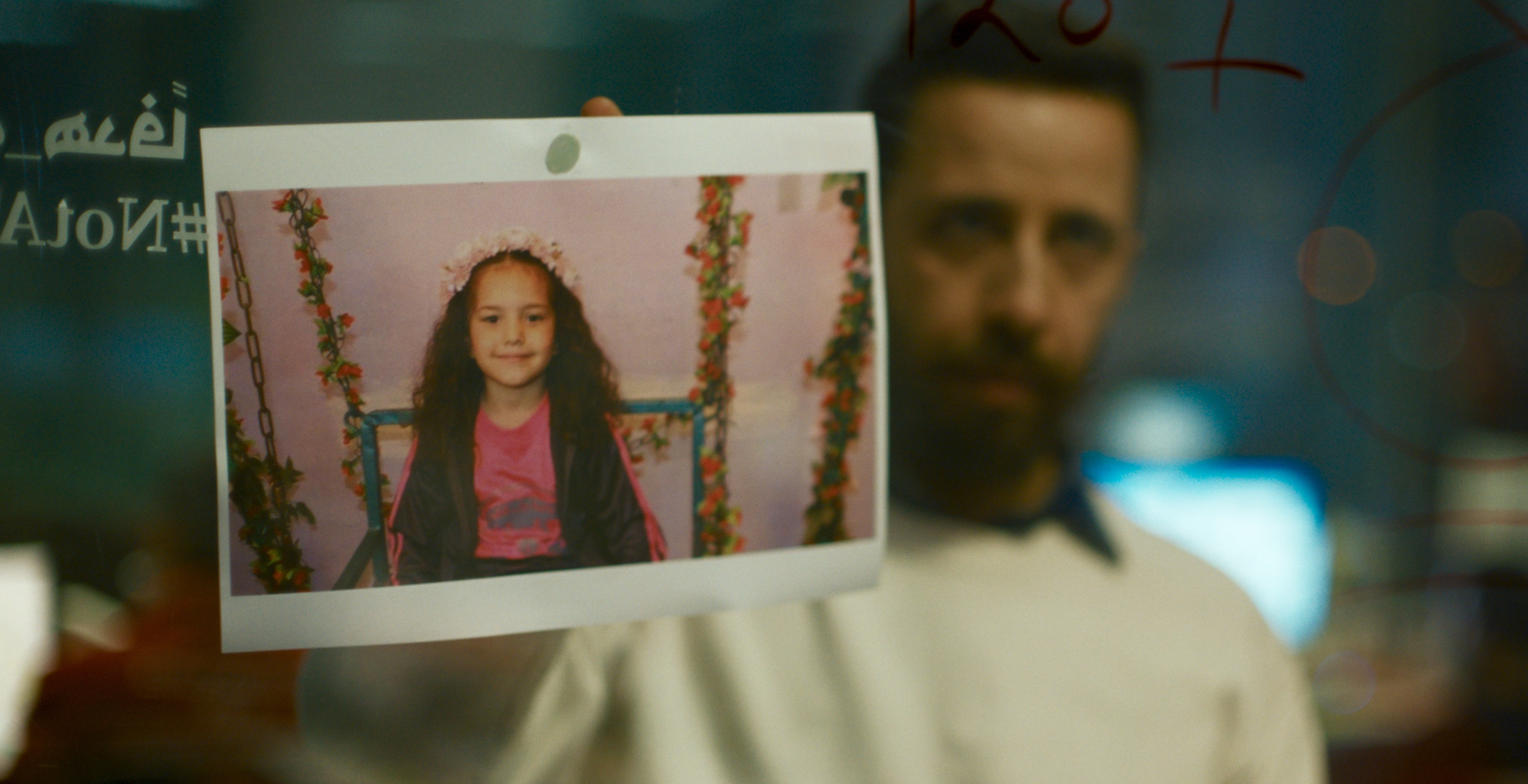
Mastermind - It was hard to watch these films without thinking about Palestine. Indeed, if the various speeches made during the Festival’s closing ceremony on Saturday, September 6th were any indication, this is a subject weighing heavily on the minds of nearly every filmmaker working today. Begging the question: Has the catastrophe in Gaza changed the way we tell stories now? As Israel’s military conquest approaches the end of its second year, an ethnic cleansing documented in real time by its victims, it seems to dismember once-reliable concepts like good and evil, heroes and villains, justice and truth. The agony it provokes, and the solidarity it engenders, have increasingly become part of our global cultural landscape – an attempt at moral reckoning in lieu of a political solution.︎
Film - 09/02/2025
The Stranger, Recast as a Colonial Reckoning
Mastermind - Albert Camus’s novella The Stranger is perhaps the most famous example of modern French literature, a well-worn touchstone for ideas about existentialism, sociopathology and the philosophy of the absurd. So it’s easy to forget that, when it first appeared on bookstands in 1942, “this novel was, itself, a stranger,” as Jean-Paul Sartre noted in his “Explication of L’Étranger” (1947). Published in the midst of World War II, “It came to us from the other side of the Equator, from across the sea. In that bitter spring of the coal shortage, it spoke to us of the sun, not as of an exotic marvel, but with the weary familiarity of those who have had too much of it.”︎
Literature - 09/02/2025
André Breton After the Surrealist Manifesto
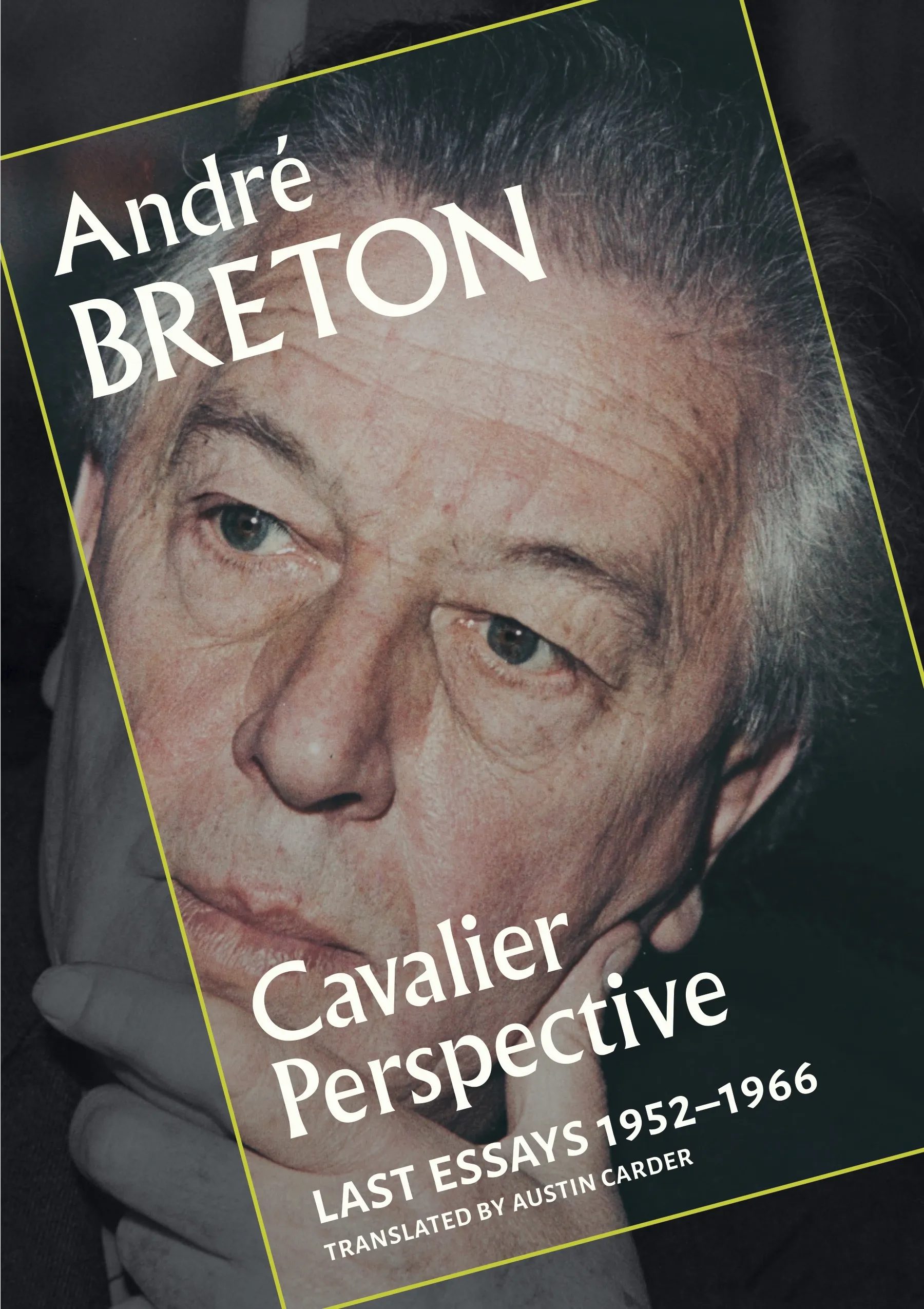
Hyperallergic - What does Surrealism, a major art movement in the 20th century, have to do with surrealism, a term often used to describe so many uncanny facets of life in the 21st? The word “surreal” was first used in 1917 to describe a ballet choreographed by Jean Cocteau and composed by Erik Satie, with Cubist costumes by Pablo Picasso. Today, it has been used to describe the “Alligator Alcatraz” immigrant detention center and the Trump administration’s climate policy. Does the world today merely resemble dreamlike visions by Leonora Carrington and Salvador Dalí? Or is the American mind reaching for a deeper affinity?︎
Literature - 09/01/2025
Chris Marker’s Immemory: Gutenberg Version

The Brooklyn Rail - The life of the enigmatic French filmmaker Chris Maker (1921–2012) spanned the era of silent pictures to the dawn of the aggressively visual internet we live with today. Few twentieth-century figures could have anticipated this new culture so intuitively. Marker’s career was defined by compulsive self-effacement, the manufacture of new identities, and a probing regard for lives far from his own—all qualities we now associate with being online. He was identifiable less by photographic or biographic detail than by his inimitable way of thinking. Always experimental, always political, the films of Marker’s oeuvre combine still photographs, archival footage, travelogue, and his idiosyncratic narration to tell stories about desire, distance, and the nonlinear nature of memory.︎
Art - 09/01/2025
Lisa Yuskavage: Drawings

The Brooklyn Rail - In the early 1990s, freshly graduated from the Yale School of Art, Lisa Yuskavage got a job teaching an adult education course in watercolor painting at Cooper Union. Bored by the curriculum but interested in the medium, Yuskavage began inserting bulbous breasts into the backgrounds of her demonstration works, experimenting with the edges of figurative recognition while doubling her sexually explicit forms with classic subjects of still life like pomegranates and lemons. The watercolor series, later named “Tit Heaven,” would come to be included in a breakthrough exhibition for Yuskavage at Elizabeth Koury Gallery, where they were shown alongside her now-famous “Bad Babies.”︎
Film - 08/29/2025
Luca Guadagnino Goes Hunting for #MeToo’s Gray Areas
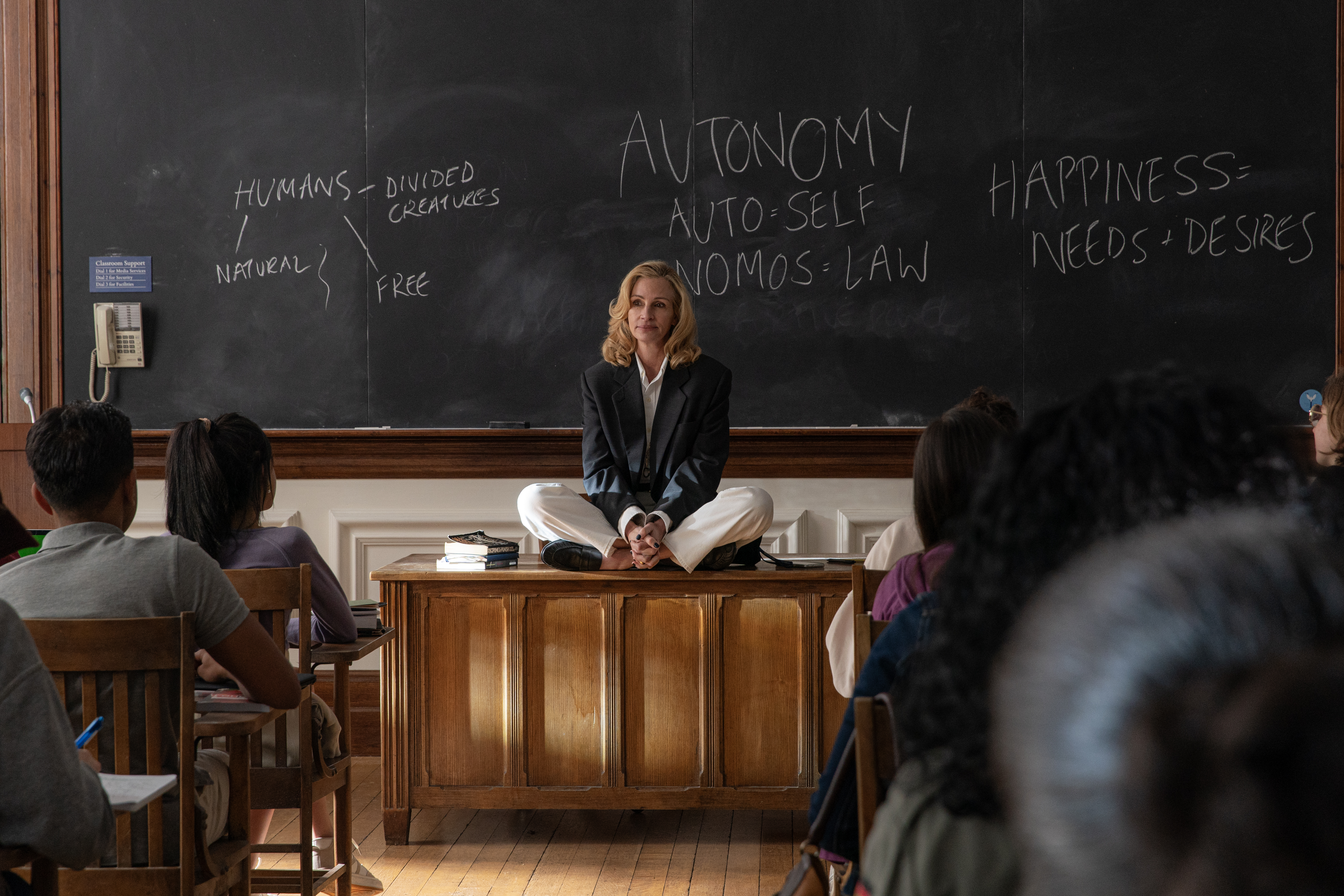
Mastermind - It’s unclear if Luca Guadagnino’s homage to Woody Allen in the opening credits of After the Hunt is meant to be mocking or heartfelt. On the one hand, After the Hunt is directly concerned with the consequences (or lack thereof) for men who pursue inappropriate relationships with younger women, something that Allen knows all too much about. On the other, Guadagnino’s university campus-set thriller is clearly channeling the crackling wit and sexual avidity of an earlier era—one exemplified by movies like Annie Hall and Manhattan (1979), where big ideas were brandished like swords and characters jumped casually into one another’s beds. Although Guadagnino cannot resist this bygone atmosphere of erotic repartee, After the Hunt is mainly concerned with lamenting that such a world no longer exists, having been replaced by safe spaces, where feelings are facts.︎
Film - 08/28/2025
In Bugonia, Yorgos Lanthimos Finds Horror and Humor in America’s Collapse
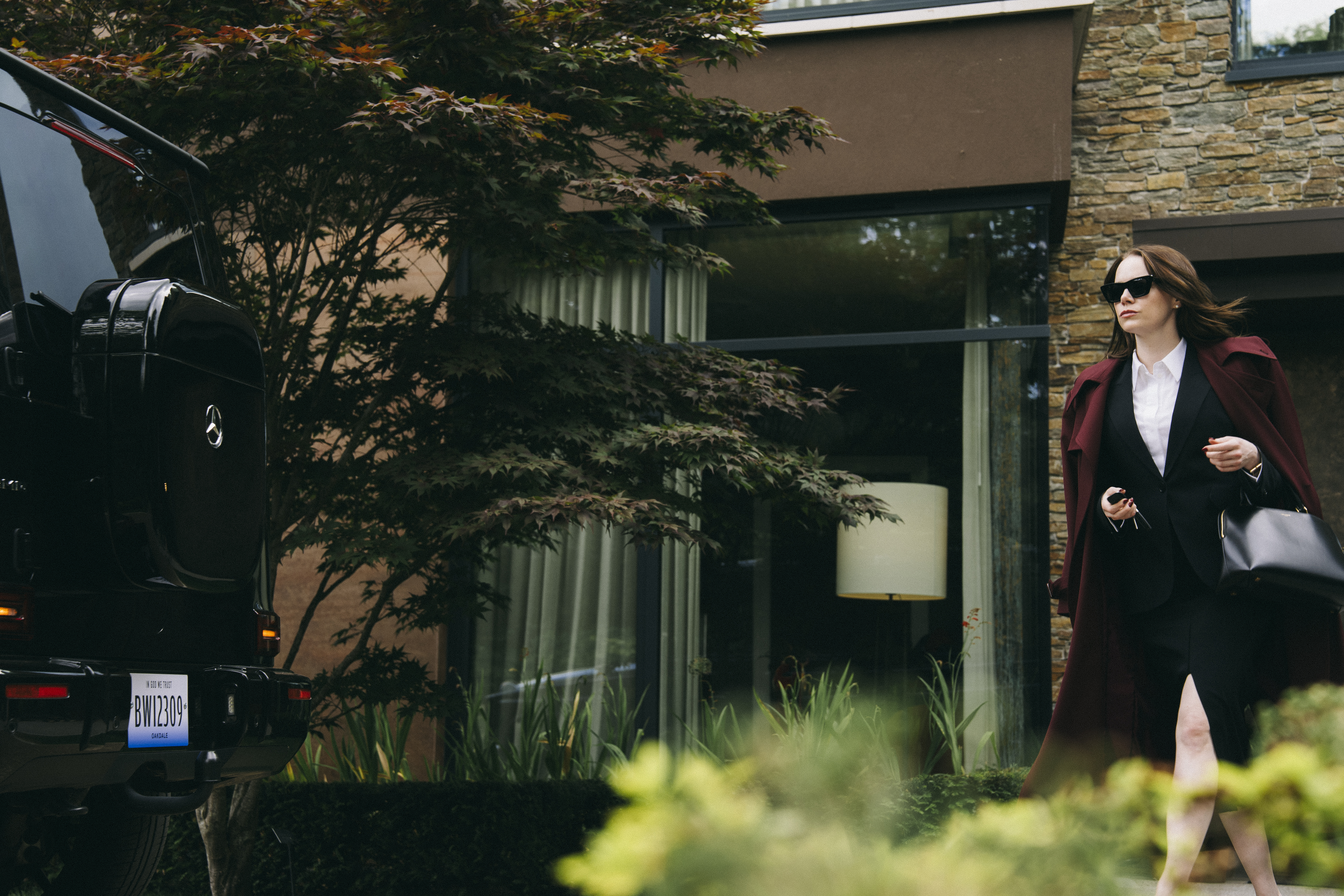
Mastermind - Something’s in the air, or maybe it’s the water? Chalk it up to chem trails, artificial food dyes or a second Trump administration, but a mind virus appears to be affecting almost every A-list director working in the year 2025, driving them to make explosively violent farces about the decline of civilization. The epidemic first appeared at the Cannes Film Festival this past May, with a competition slate straining to contain the bleak absurdities of Ari Aster’s Eddington, Julia Ducorneau’s Alpha and Oliver Laxe’s brutal Sirat. It continues in Venice, with Yorgos Lanthimos’s Bugonia (produced by Aster) premiering on the second day of the festival to generous applause, baffled laughter and gasps of disgust at the sheer profusion of bloodshed and preventable death.︎
Film - 08/13/2025
Preferring the Company of Parrots and Dogs
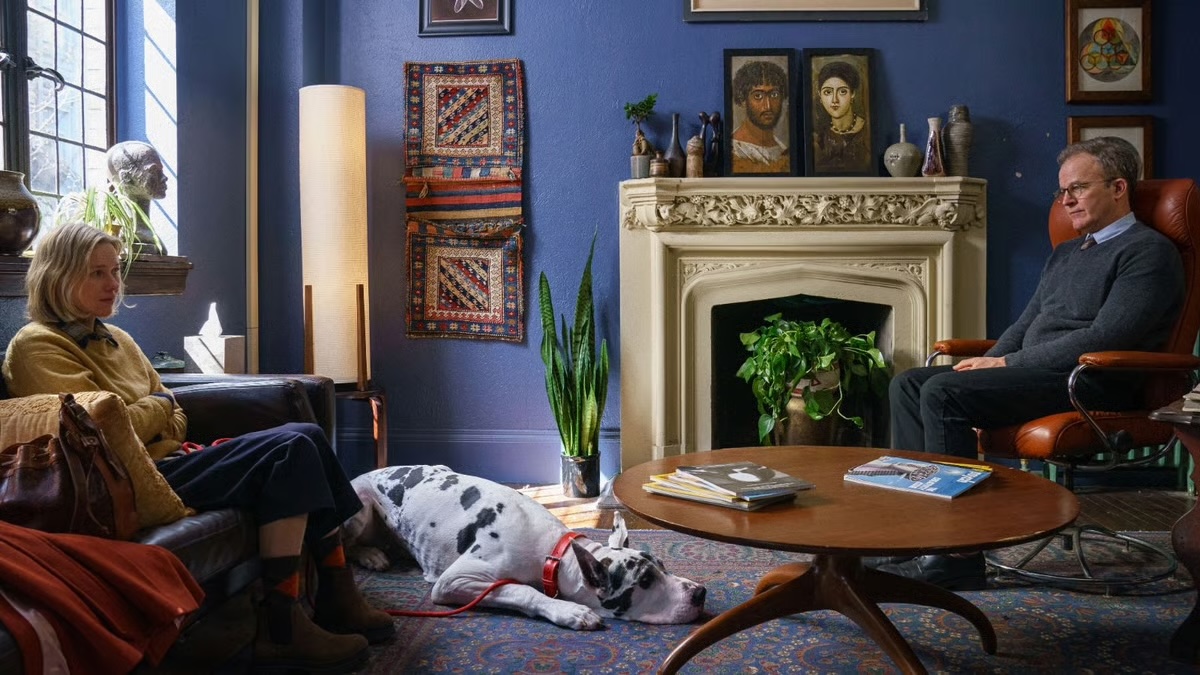
Los Angeles Review of Books - In my copy of Sigrid Nunez’s The Friend (2018), on extended loan from a friend of mine, there’s a scrawled note in the margin of page seven: “first image.” The line it refers to is set within the middle of a memorial service, as the unnamed narrator encounters her recently deceased friend’s surviving spouse: “Wife Three, it must be said, looked radiant, though it was a cold radiance like that of a blade.” While this line is imagistic in the sense that it contains the word “looked,” it doesn’t exactly paint a portrait of the lady. Throughout the novel, what she actually looks like—her height, race, hair and eye color, name, and every other aspect beyond her age and her reported elegance—remains abstract, as is the case for all human characters who appear in Nunez’s recent work.︎
Art - 07/29/2025
Is It Clocking?
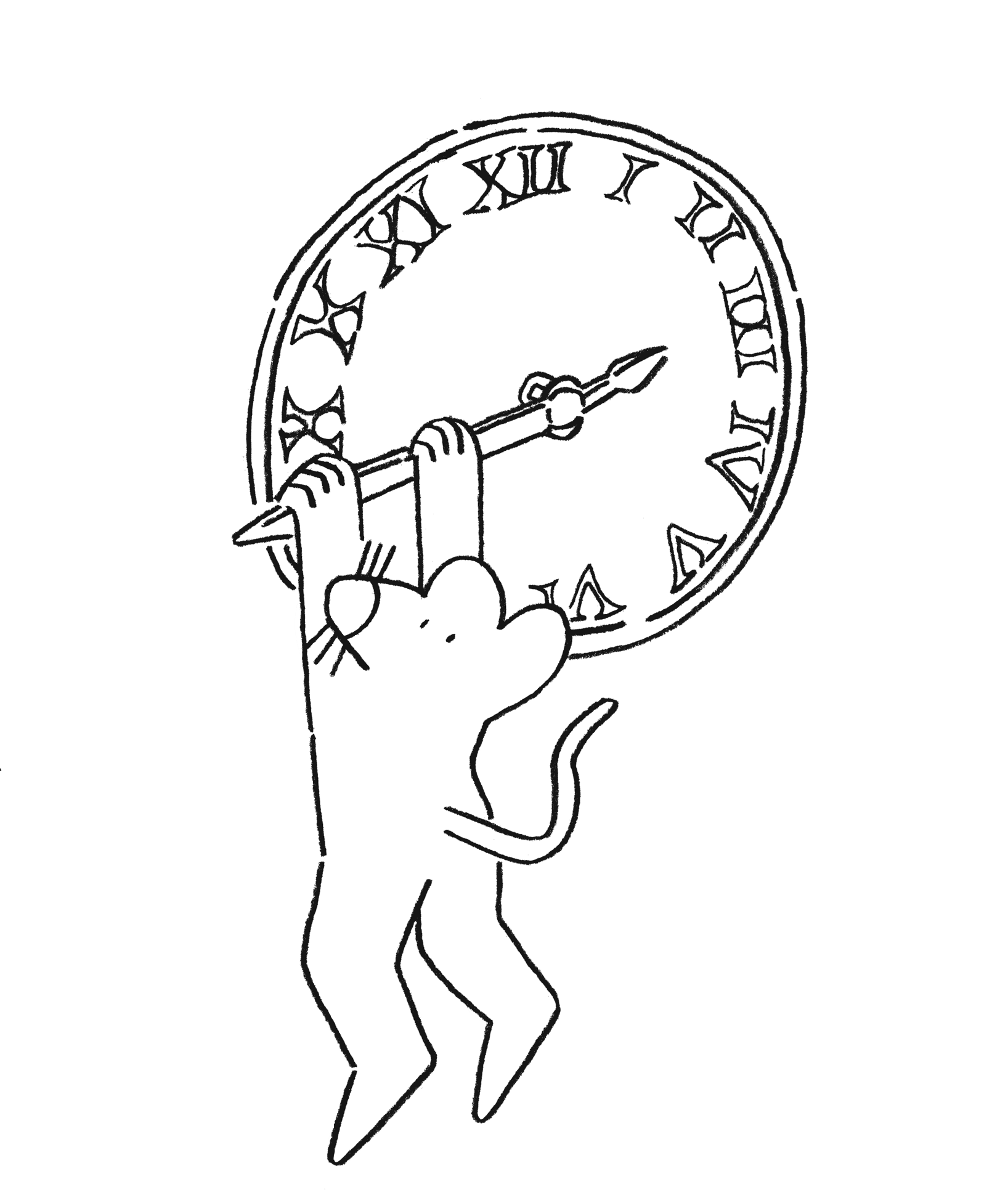
New York Review of Architecture - Time ain’t what it used to be. From the epoch of the sundial to the era of manual wristwatches, its nature (an objective phenomenon? a subjective sensation? a physical dimension?) was a source of endless philosophical debate. But a less abstruse understanding of time (a unit of labor!) settled into popular consensus, with methods of calculation relentlessly optimized to match. The smartphones and -watches we rely on today are not only kept in steadfast synchronicity with one another, they also respond to tiny temporal correctives issued by NIST-F2, an atomic clock located in Boulder, Colorado, that can calculate the second with an accuracy of 10-16—meaning that your boss could theoretically know if you show up to the meeting so much as a millisecond late.︎
Art - 07/23/2025
Sky Theater

The Architect’s Newspaper - In a city as expensive and crowded as New York, free space takes up contradictory values. We, the public, demand common areas as our collective right, while we, the private citizens, dream of carving out an exclusive share. One sees in the untended patch of grass dual visions of collective utopia and personal oasis. It could go either way; in the age of public/private partnerships, it often seems as though it’s going both ways at once. Georgica Pettus’s new play Skyscraper, which revolves around a real-time trip on the Roosevelt Island Tramway, explores this double-consciousness through three separate metaphors, which are its main characters.︎
Film - 06/04/2025
A Case for Happy Endings in Sentimental Value
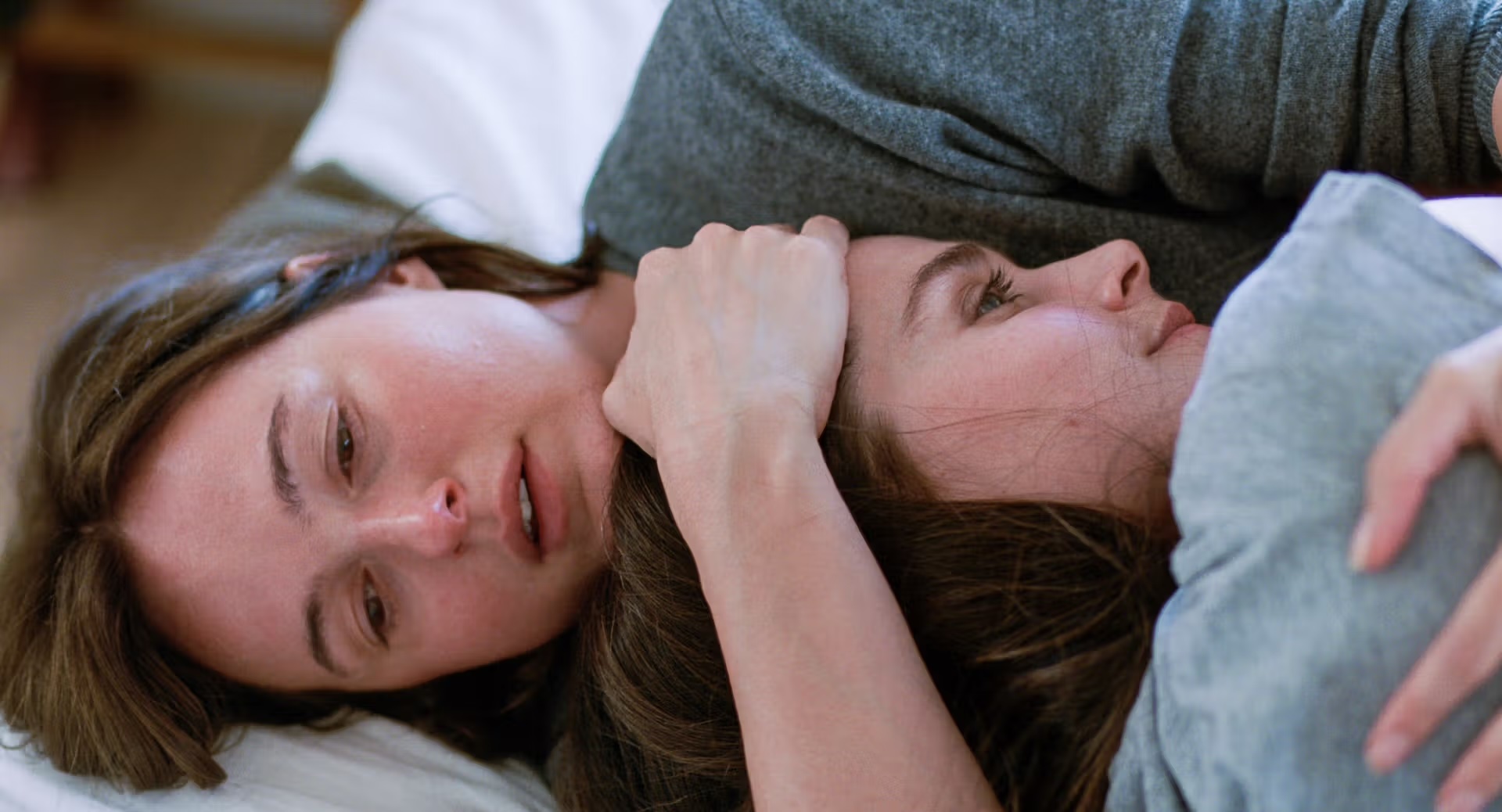
Spike Art Magazine - Cannes this year was a brutal affair. Themes of the festival, which came up in several of the thirtyish films I watched, included family members plotting to kill one another; children living through the death knell of authoritarian states, and an obsession with AIDS and other forms of blood purity. This year’s Palme d’Or winner, Jafar Panahi’s brave and all-too-personal It Was Just an Accident (all films 2025), concerns a handful of strangers brought together by the common cause of torturing an amputee – if, in fact, he’s the same man who had previously tortured them. The reasons behind such truly globalized pessimism are not exactly obscure.︎
Film - 05/26/2025
The Mastermind: Josh O’Connor Fumbles the Art Heist, and the American Dream

Mastermind - Art heists are the rare birds of the underworld. Transgressive in their pursuit of beauty, intricate and difficult no matter the setting, they shock and inspire whenever they’re pulled off. Which is almost never, because, as every decent thief knows, they are almost impossible to profit from. The best fence in the world couldn’t cover up the origins of a masterpiece that’s a true one-of-one, so anyone who buys it would instantly become an accomplice to the crime.︎
Technology - 05/09/2025
Galleria Vittorio Emmanuele II

Tiny Cutlery - Postcard from Milan: “An arcade attempts to make a landmark out of liminal space. Walter Benjamin was obsessed with them. He recognized, in his unfinished magnum opus on modernity—posthumously titled The Arcades Project—how the architectural form made use of new industrial technologies to induce a new way of living.”︎
Film - 05/02/2025
Chloë Sevigny and Durga Chew-Bose on Reimagining Bonjour Tristesse

Mastermind - In François Sagan’s novel Bonjour Tristesse, 17-year-old Cécile passes languid days in the French Mediterranean with her father, Raymond, an unrepentant playboy whose new girlfriend is nearly the same age as Cécile. Sagan’s novel was an instant success when it was first published in 1954 and the glamorous tragedy has haunted and inspired generations of readers since. Durga Chew-Bose’s film adaptation faithfully manifests the novel’s famed chic. Starring Chloë Sevigny in the captivating role of Anne, the film reconstructs Sagan’s endless summer with precision and poise, attuning viewers to the ways the women in the story simultaneously admire and provoke one another.︎
Film - 04/01/2025
Orpheus Looks Back
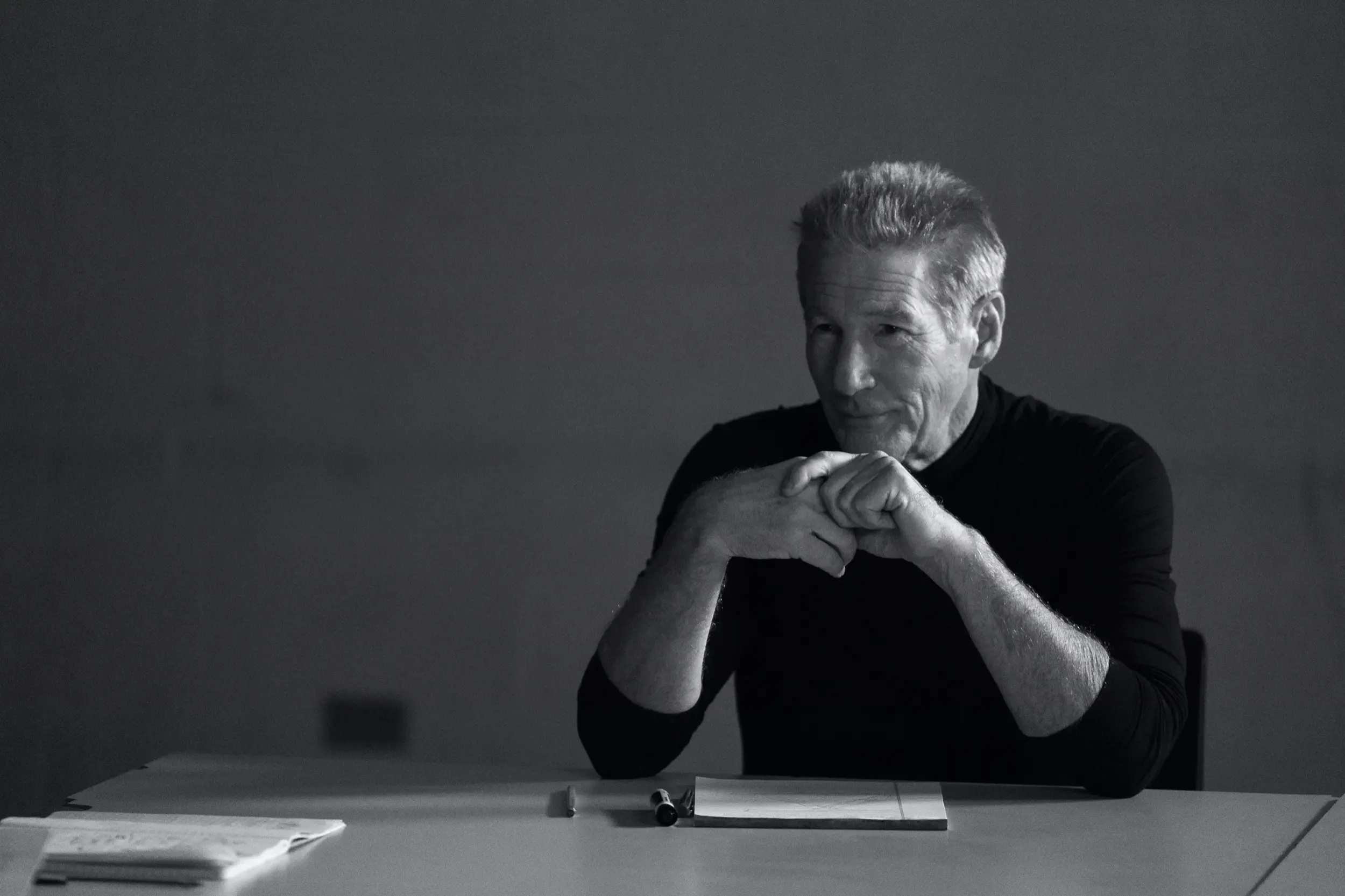
The Brooklyn Rail - When Godard began making his tetchy, deconstructive film essays, they were considered something of a cinematic anomaly. Until recently, it seemed possible that a practice devoted to manipulating pre-recorded images—one whose production rested entirely on postproduction—would live and die largely with him. But two years after his death, the impulse seemed to be spreading. At 2024’s New York Film Festival, four films by aging male directors used the manipulation of familiar images to point to the unreliability of historical and personal narratives. New ilms by Leos Carax and Jia Zhangke literally incorporated pieces of films these directors had previously made, acknowledging their place in a broader cinematic lexicon, while features by Paul Schrader and David Cronenberg employed metafictional framing devices, with stories about analogous protagonists crafted to strategically plumb the directors’ own ambivalences about their influence as image-makers.︎
Art - 03/27/2025
An Interview with Maya Man
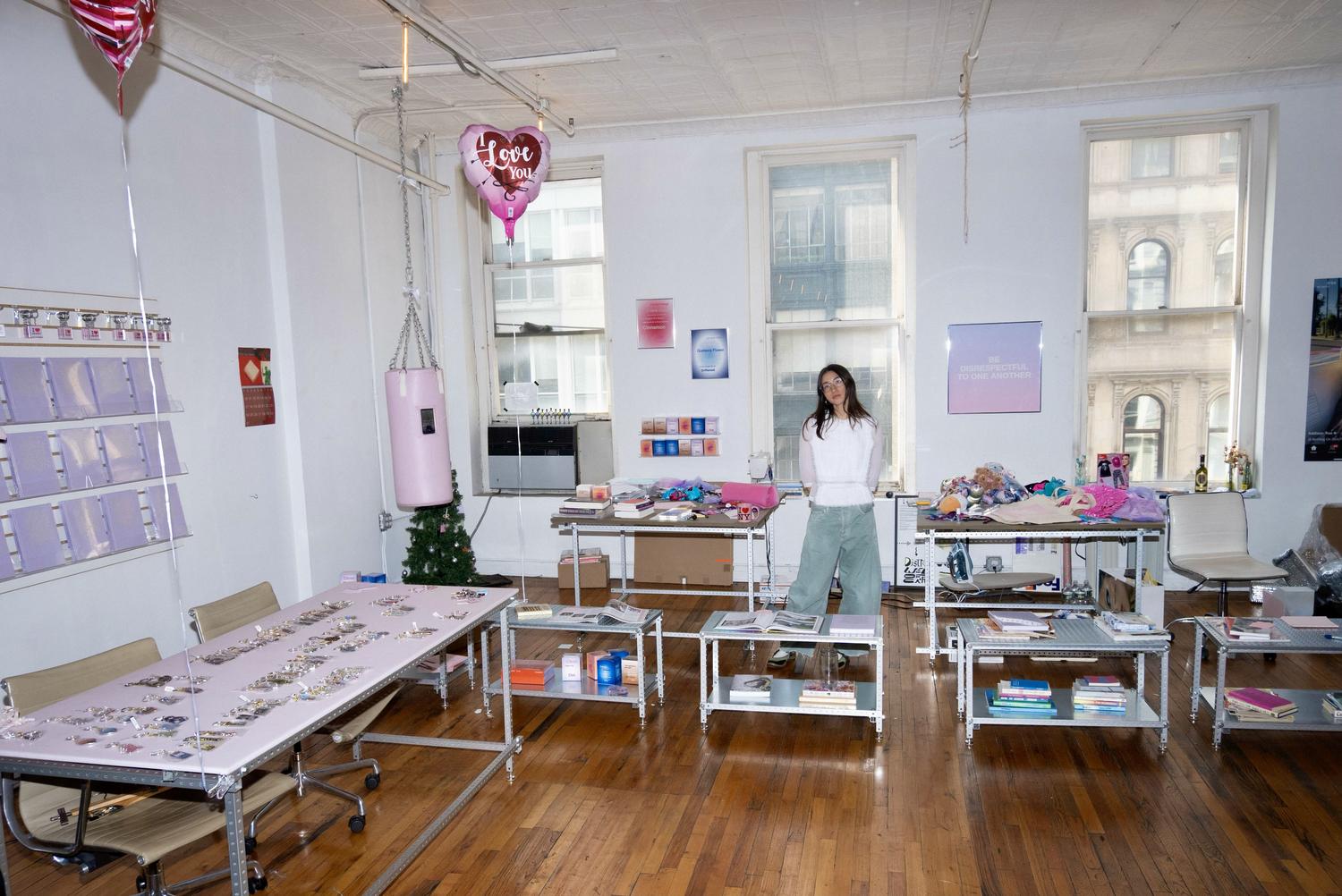
COPY - Maya’s ultimate aim is to explore subjectivity and the manufacture of identity as it happens, to all of us, online. She’s obsessed with micro-trends and subcultures and takes an analytic approach to identifying patterns of behavior that create ripples in the stream. Last year, her project A Realistic Day In My Life Living In New York City appeared on the website of the Whitney Museum, taking over its digital interface for thirty seconds at the top of each hour to play narrative updates from real “day in the life” TikToks in a time-synced manner. There may be satire in this project (the title’s use of “realistic” feels particularly tongue-in-cheek), but never cynicism. Maya operates with a deep respect for the millions of people who open their phones each day with the desperate urge to see and be seen, who entertain each other for entertainment’s sake. The emotional resonances these strangers hold for one another are real.︎
Art - 03/27/2025
“A Kind of Language” at Osservatorio Fondazione Prada

Spike Art Magazine - Filmmaking is a narrative art at architectonic scale. Meaning, that it often leads to wonderfully awkward instances in which one person’s most private, oneiric visions must be translated into gruff orders for a vast team of specialists with only a purely instrumental sense of the project. Dreams become clockwork in the studio system. Only fitting, then, that many of cinema’s most iconic projects have left behind notes that resemble modern hieroglyphics, in which affectingly ambiguous moments were broken down into shot lists and lighting cues via industrial shorthand.︎
Film - 02/24/2025
Universal Language Brings Tim Hortons to Tehran

Hyperallergic - In Universal Language, director Matthew Rankin transforms the environs of his native Winnipeg into a tight-knit Iranian hamlet. Advertisements and street signs appear in Persian script, and Farsi is the primary language spoken (although the government of Québec, nearby in the topsy-turvy geography of the film, still sternly insists on French). Townsfolk hawk wares from makeshift stalls set against Brutalist municipal blocks. Flocks of wild turkeys wander snowy streets. In one truly resplendent moment, glazed donuts mingle with brass samovars and beaded tablecloths at a candlelit Tim Horton’s (a doughnut chain started in Canada), tended to by a politely arch proprietress who seems straight out of Iranian director Abbas Kiarostami’s beloved 1999 film The Wind Will Carry Us.︎
Film - 01/24/2025
Changing of the Guard: The 62nd New York Film Festival
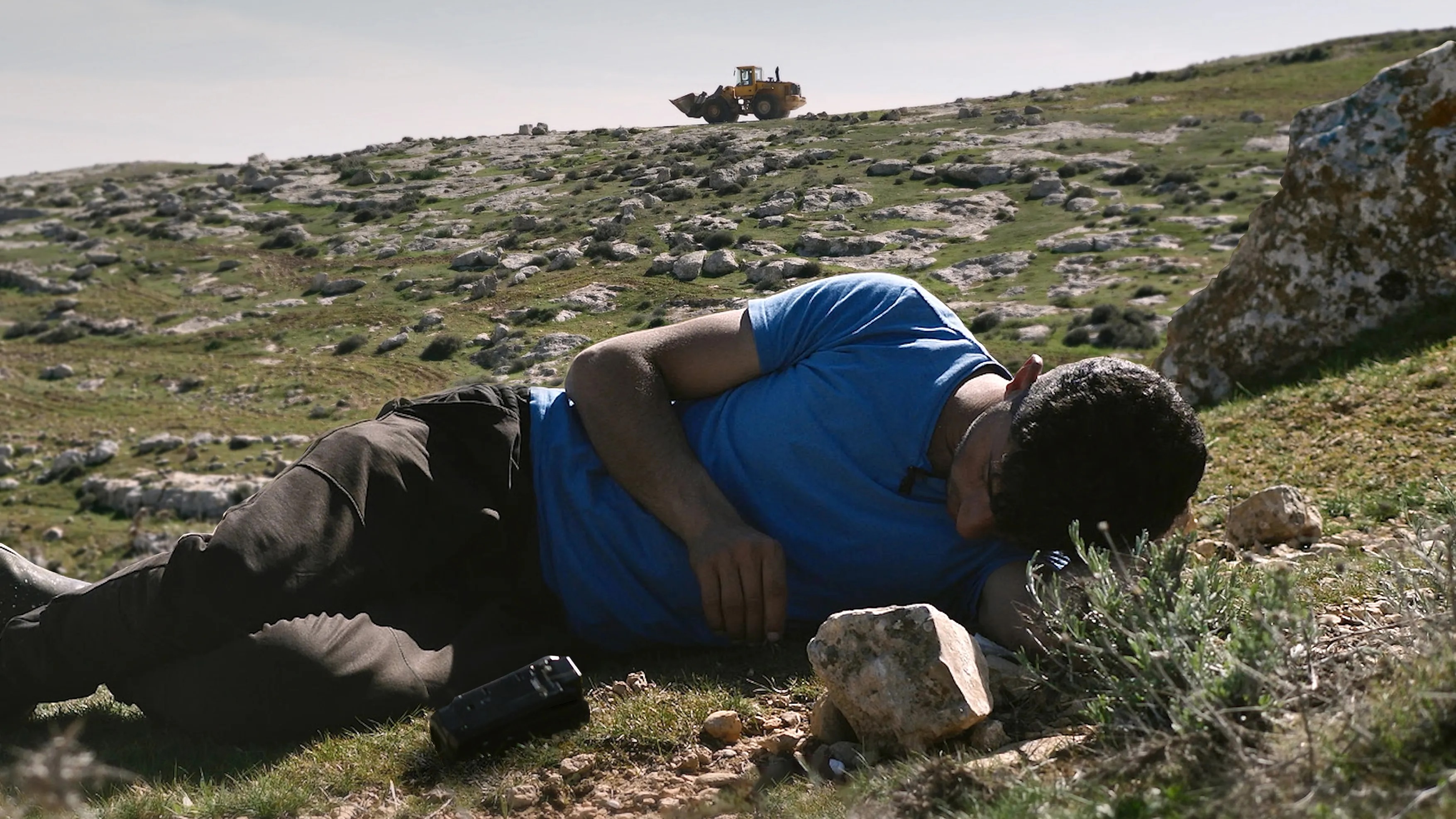
Senses of Cinema - Taking place one year after October 7th, 2023, and one month before the 2024 U.S. presidential election, the 62nd New York Film Festival was received through a prism of high social tension. The festival, the largest and most well-respected annual offering of regional premieres in the country, heralded 59 feature films from 38 countries into a psychic space marked by an increasing sense of dislocation between political leadership and the masses. This dislocation was less a foreshadowing of the coming re-election of former president Donald Trump than the result of a general malaise that had begun seeping into the American psyche ever since the Israeli invasion of Gaza the previous autumn – an outrage at the hypocrisy of political leadership, the facetiousness of universal ideals, and the bitter sense that protests for the preservation of innocent lives were falling on deaf ears in all political contexts.︎
Art - 11/14/2024
The End of Art History?
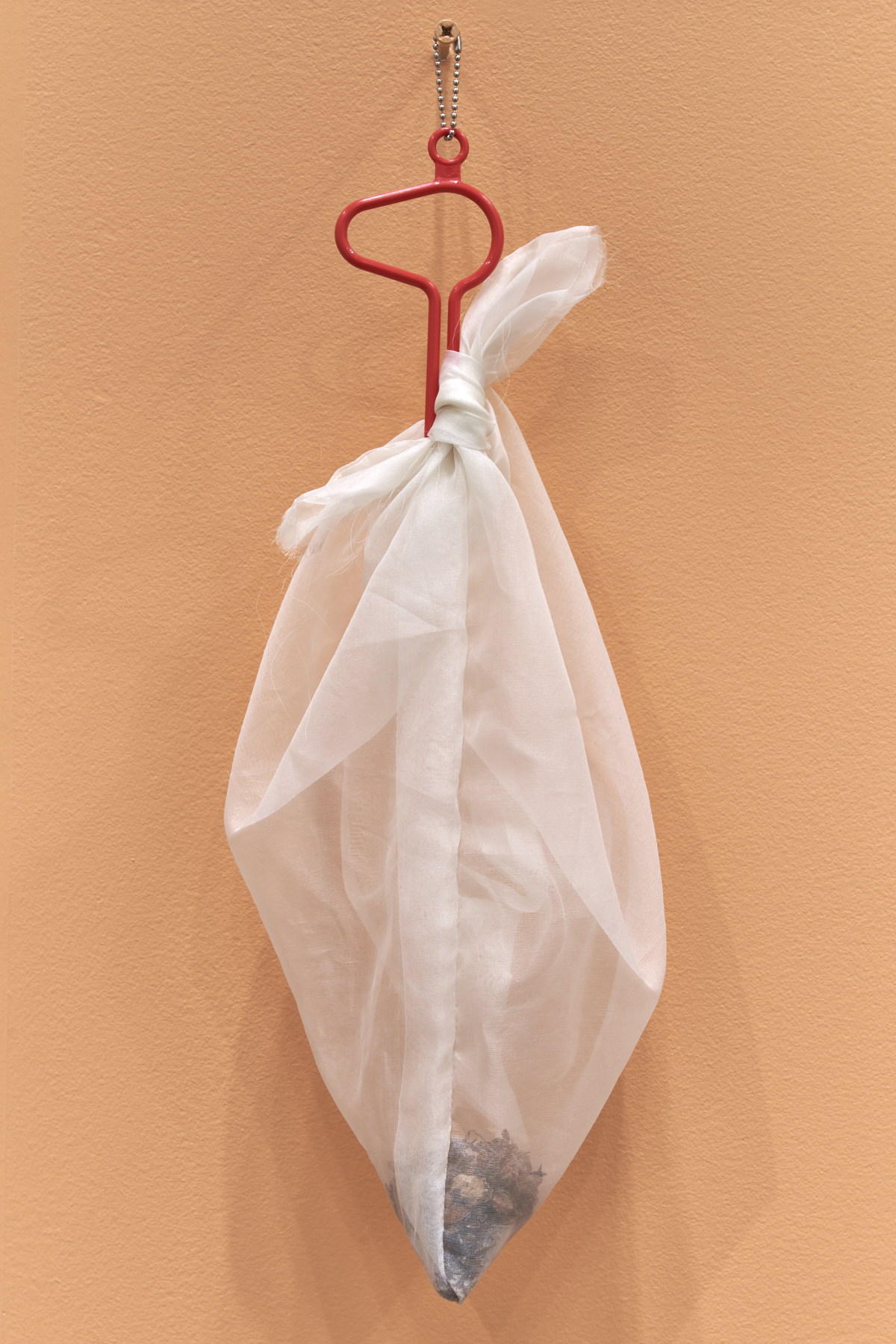
REVIEW - I’ve been seeing and writing about gallery shows in New York for the past six years. While I get a lot of satisfaction in responding to something directly, simply trying to describe what I’m seeing and what it does well, the lack of any overriding theory or philosophy upon which all of this might build has always nagged me, and occasionally led to real fears that we are have reached an age of bona fide aesthetic decline. What has always boggled my mind is how different the art of today appears from any that came before it in terms of stylistic diversity, robust representation, richness of personal perspective—and total lack of overriding dogma, trend, discourse, or value.︎
Art - 11/11/2024
Interview: William Kentridge

November - In October 2024, WK released Self-Portrait as a Coffee-Pot, a limited series on Mubi set in his studio and starring himself. An array of overlapping stop-motion animation alongside and optical effects dating to the birth of motion picture, the work builds on WK’s 30-year history of turning his drawings into perpetual motions machines, beginning with the satirical Johannesburg, Second Greatest City After Paris, (1989) a sendup of his birthplace’s provincialism that ironically catapulted him into international stardom. Today, the perpetual motion machine is WK’s mind—extruded into the physical form of the studio, a place where ideas are constantly shifting, contradicting, and being made manifest. This conversation took place in October 2024 at the High Line Hotel in Chelsea, New York.︎
Art - 11/07/2024
Two Anti-Spectacles

The Architect’s Newspaper - On the night before the 2024 U.S. presidential election, I found myself crouched low to the ground on the corner of 45th and Broadway counting down the minutes to midnight. Below my feet was a triangular grate taking up most of the corner, which happens to be one of Dia Art Foundation’s 12 permanent site installations, officially known as Times Square (1977).︎
Film - 10/23/2024
The Six Spikiest Movies of New York Film Festival

Spike Art Magazine - Any European beach town can host a film festival, but it takes a truly great, overstimulating city to hold what might be the world’s most exciting lineup of new movies each year – only to ignore it completely. Held at Lincoln Center in uptown Manhattan, NYFF is the first point of confluence for the standout films of Cannes, Berlin, Toronto, and Venice, inaugurating their American theatrical runs and the road to Oscar season. In the city’s artistic circles, it’s treated with about as much interest as any other gallery opening. Every autumn, when my friends discover me in the state of glazed delirium that comes from watching twenty movies in one week, they always say, “Oh, I forgot that was happening.”︎
Art - 10/09/2024
R. Jamin: Temperance

The Brooklyn Rail - In addition to an afterlife and a way to order one’s morals, religious faith suggests a very satisfying use for mathematics. What chance has a rich man of entering the kingdom of God? How many angels can dance on the head of a pin? That such questions are answerable in the eyes of Christianity provides an immense feeling of comfort to believers, even if the answers themselves are implausible or esoteric. In a mathematically divine universe, human error (and free will) becomes wonderfully superfluous: however we may suffer from our own mistakes in the moment, we can rest easy knowing it’s part of a bigger equation.︎
Film - 09/21/2024
The Erotic Pity of Catherine Breillat’s “Last Summer”
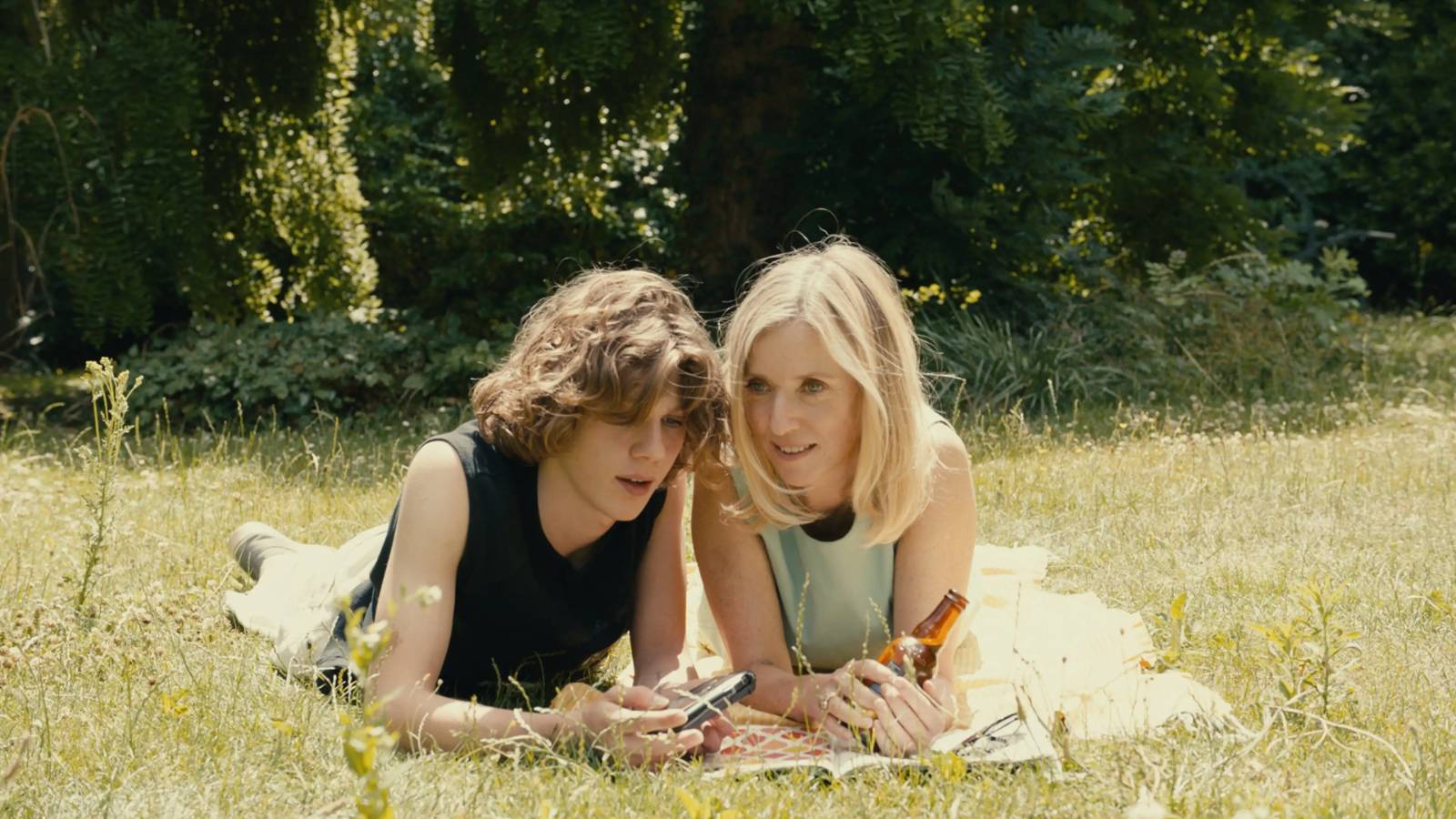
Spike Art Magazine - There’s a certain kind of movie that comes around every summer to revive the US-American art houses. It tends to be French, takes place in the summertime, and concerns a bunch of bored, glamorous people as they suntan, have affairs, and occasionally murder each other. These movies are taken seriously by film buffs, and receive a bevy of date-night interest from the majority of people that don’t go to the movies regularly. Sometimes, they explore a taboo, and, in their own small way, make a new facet of erotic experience open to collective contemplation. French director Catherine Breillat uses this genre of arthouse cinema as a trojan horse. ︎
Art - 07/05/2024
At 77 Years Old, Pat Oleszko Finally
Gets Her Own Gallery Show

Interview - She is quite possibly the only person to ever appear in the pages of Artforum, Playboy, and Sesame Street Magazine alike. And, at 76 years old, her work is finally being recognized in the gallery setting she once craved. Her solo exhibition Pat’s Imperfect Present Tense, currently on view at David Peter Francis, surveys a half-century of sartorial shapeshifting. A few weeks after the show opened, I joined Oleszko at her spectacular Tribeca loft (which happens to be across the street from Richard Serra’s) where we talked about brilliant assholes, melting ice caps, and the collapse of art into entertainment.︎
Architecture - 06/21/2024
Under the K Bridge Park pulls a major music venue out of thin air

The Architect’s Newspaper - Throwing a dance party in New York is no mean feat. Though there’s no shortage of young people in the city willing to pay for a memorable night out, however, zoning issues, noise complaints, and liquor laws—to say nothing of demands for world-class acoustic standards—have bedeviled venue owners for as long as there’s been music to dance to. One of the biggest concerns is simply that of available space. 3,000-person venues like Brooklyn Paramount or Knockdown Center take up the better part of city blocks, yet there are quite a few artists today who can sell out such locations within minutes. Between them and a 20,000-seat arena like Madison Square Garden, the gap in capacity looms large.︎
Film - 06/01/2024
Jiajun “Oscar” Zhang’s All, or Nothing at All

The Brooklyn Rail - The Global Harbor shopping center is mostly subterranean, with two square towers of residences that loom above the faux-classical dome of the shopping center’s roof. Zhang, who grew up not far from where the neon-colored complex was built, spent several years in the United States before moving back to Shanghai to wait out the pandemic in 2020. He remembers going over to friends’ houses as a child in the working class neighborhood that was razed to make way for the mall. “The district was full of factories and collective-style workers’ housing and was proud of its workers’ culture,” Zhang told me. “I witnessed the decline of state-owned factories and the arrival of mass redevelopment and consumerism when I grew up.”︎
Film - 04/18/2024
At First Flush

New York Review of Architecture - Did I find Perfect Days perhaps a little too precious? Sure—the guy listens to Patti Smith on cassette, for Christ’s sake—but that felt like the point. Some embellishment is needed to so generously imagine the deep well of feeling that lurks inside the average Joe. Then I was asked to write a review of the film, at which point I discovered its less-than-hygienic origins.︎
Technology - 03/07/2024
Playboi Carti Against His Own Game

Spike Art Magazine - In choosing to tease his latest songs through internet backrooms, Carti is doubling down on his commitment to his most diehard fans, eschewing the casual listener or potential newcomer in favor of those most complicit in illicit leaks of his music. His cryptic provocations of this codependent, antagonistic group have lured his community even deeper down the rabbit hole, to the speculative edge of a style that he’s always straining to outmaneuver or upend. In attempting to regain control of his output, the rapper is pushing his artistic identity to the breaking point.︎
Film - 03/06/2024
Zaynê Akyol’s Rojek
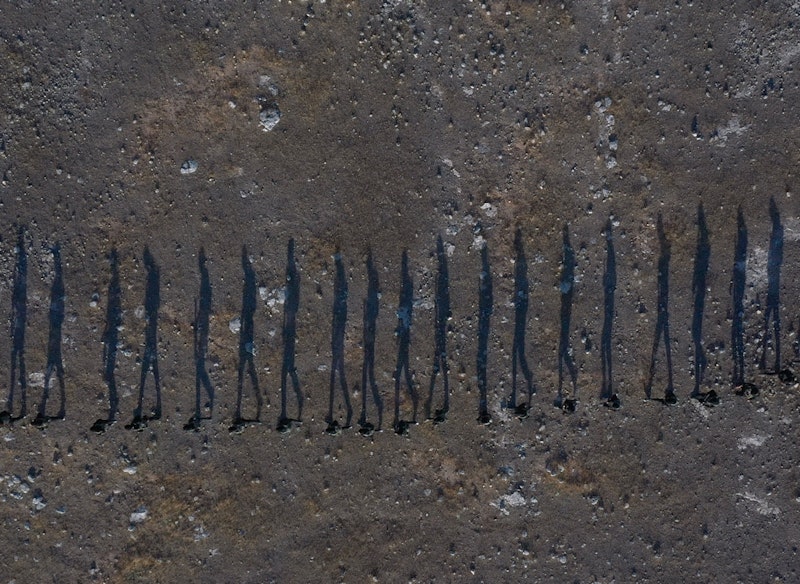
The Brooklyn Rail - Before she made Rojek, the director, Zaynê Akyol, covered the other side of the conflict: a look at the Kurdistan Workers’ Party (PKK) fighting an uphill battle for their homeland against the Islamic State. Rojek is the product of an audacious mission to continue bearing witness in the face of such loss. As Akyol puts it, “I decided to meet with the people who were responsible, directly or indirectly, for the death of my friends. Cinema has become part of my grieving process, a way to reach a kind of catharsis. Hoping for restorative justice, I decided to face the jihadists.” Perhaps this explains why Rojek is more interested in showing us contradictions than explaining them away.︎
Art - 02/27/2024
The Denatured Machine

032c - Elsewhere on Manhattan’s Lower East Side: large, garish paintings practically whine for attention, catching our eye with fleshy shapes and flashy brushstrokes. But at Maxwell Graham, virtuous epiphanies seem to float just out of reach in the gallery’s large and largely empty space, as though the few austere works before us have been designed both to proffer and withhold. If we do glimpse hidden truths, how do we know they’re not a mirage, a sign of our desperation to feel in on the bit?︎
Books - 02/08/2024
The Writer Who Made Movies to Get Out of the House
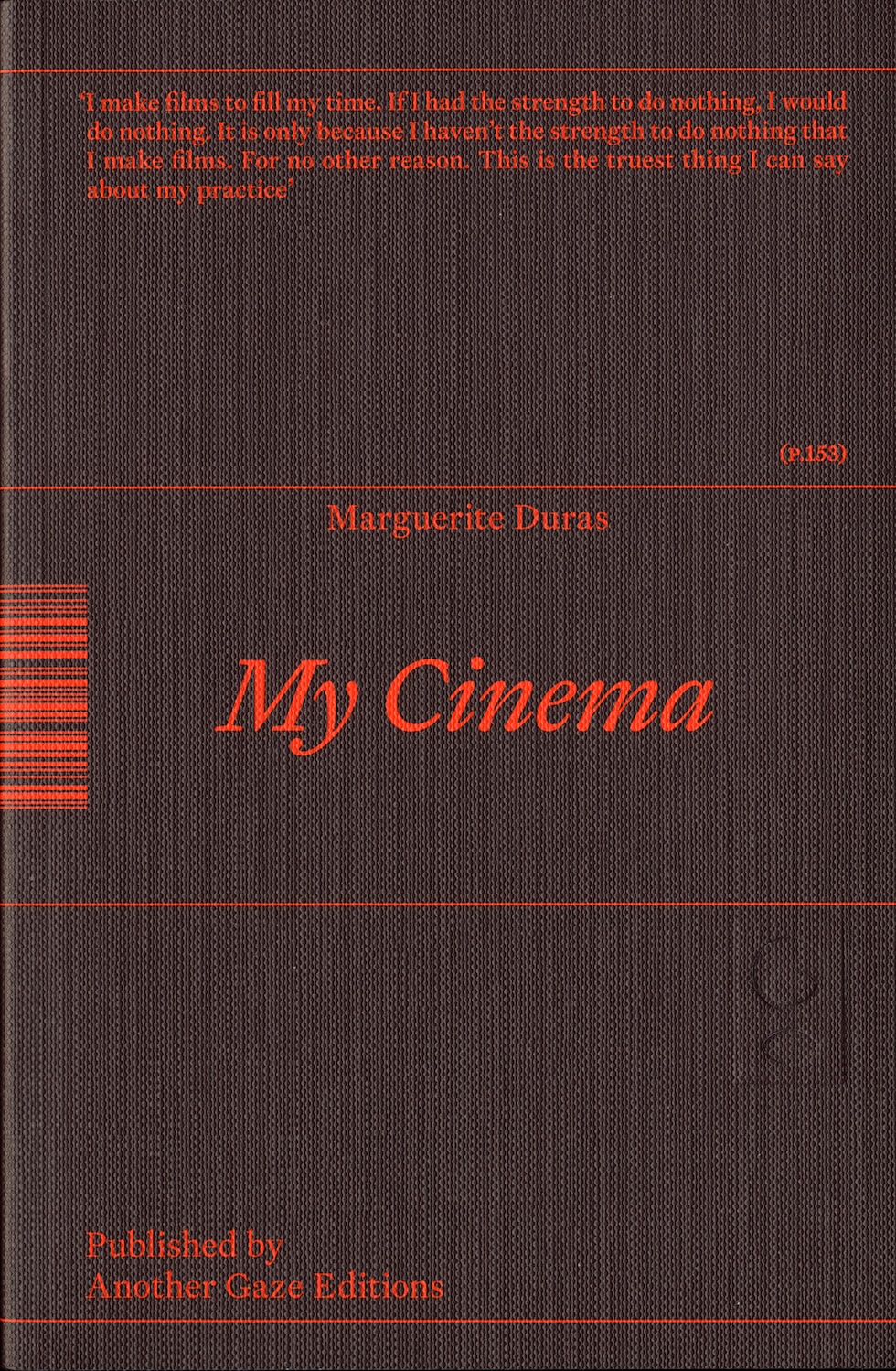
Hyperallergic - Reading My Cinema in chronological order, it’s possible to witness the development of one of the 20th century’s greatest minds in the warm waters of a new artistic medium. At first, Duras’s hope for her cinematic adaptations is to “see beyond, to understand further, what I saw and understood when I wrote [the books they were based on].” Soon, however, the temporal nature of film, and the power of the image to allure without explanation, captivated her.︎
Film - 01/20/2024
Steve Doughton and Jon Raymond On Earthlings

Senses of Cinema - Earthlings, Doughton’s latest feature, adapted by the director from a short story by Raymond, played at Portland’s historic Cinema 21 theater this past November as part of a celebration of Doughton’s work by the local gallery and performance space ILY2. The film tells the story of Javier (Luis Chavez) a Mexican day laborer who, alongside his friend Diego (Daniel Mora), find themselves at the dinner party of their employer (Kelvin Han Yee) whose incipient loneliness seems matched only by his self-assured paternalism. As the night drags on, all the guests reach unexpected insights brought on by mixed company.︎
Film - 12/20/2023
After-Memories of the Shoah in The Zone of Interest

Spike Art Magazine - I walked out of The Zone of Interest feeling horrified and also vaguely proud of myself. “That Jonathan Glazer is sure going to have a lot of angry mobs to contend with when this reaches theaters,” I thought. And, satisfied by my analysis, I took the train home and tried to forget the whole ordeal. But I could not forget. And, after spending enough time haunted by it, I realized I didn’t want to. This is because The Zone of Interest only pretends to care about the lives of the Nazis it forces us to spend time with. Really, it’s a movie about the politics of memory.︎
Film - 12/15/2023
Wim Wenders’s Perfect Days

The Brooklyn Rail - In its unabashed desire to center the life of a person whose status typically renders them invisible, Perfect Days appears to offer a lesson in class consciousness not seen since the days of De Sica. Today, Japan might boast the luxuriant trappings of a well-oiled economic machine, but it’s a machine that requires a large portion of the populace to submit themselves as cogs for the benefit of a plutocratic few. A cinema that could return our collective solidarity toward the marginal and vulnerable feels long overdue.︎
Books - 10/01/2023
Geoffrey O’Brien’s Arabian Nights of 1934

The Brooklyn Rail - Between 1927 and 1934, Hollywood underwent a strange golden age. Motion pictures, which had seemed like a baroquely technical hobby at the start of the twentieth century, became one of the most popular pastimes for a rapidly urbanizing, industrialized and self-interested middle class. Cinema idealized such innovations, epitomizing the newly available possibilities of an interlocking world. The movies were a beacon of hope and a symbol of modern progress. Their attributes, and the collective attitudes that informed them, are the subject of Geoffrey O’Brien’s Arabian Nights of 1934.︎
Books - 09/05/2023
Anne Truitt’s Journals Strike a Proustian Note
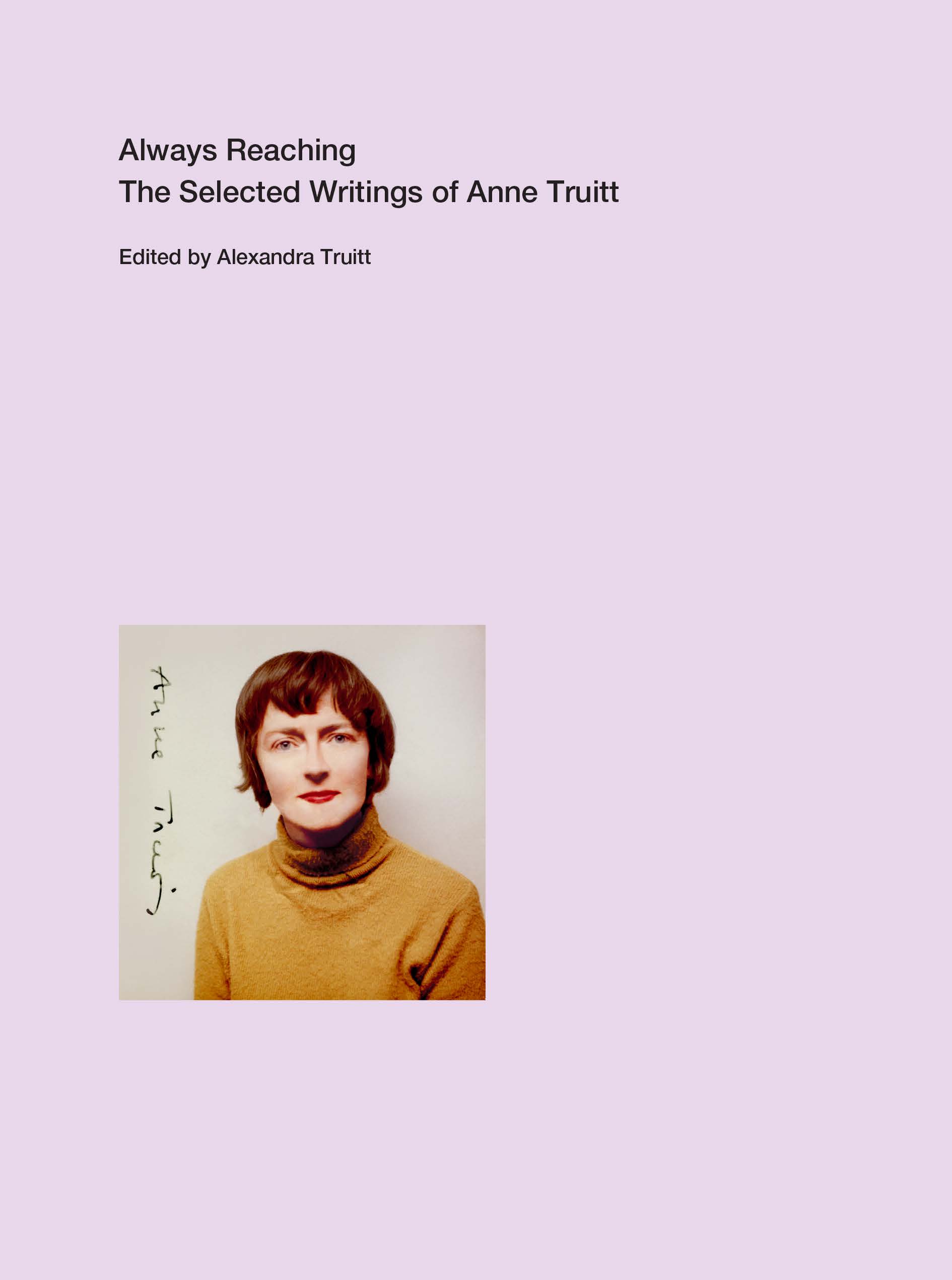
Hyperallergic - The intensely productive period leading up to Truitt’s first show is understood today as a central part of a major art-historic upheaval, in which the Abstract Expressionist paintings of the 1950s virtually leapt off the wall, becoming the “specific objects” of 1960s Minimalism. Though Truitt never identified herself with that movement, it’s easy to see how she got grouped in with it: her sculptures generally lack adornment or representative form, with sharp blocks of color bisecting clean shapes. As a body of work, they are demanding, precise and ambiguous. Their regal simplicity calls for heightened attention. And their titles — “Hardcastle,” “Summer Child,” “Insurrection,” “Bloomsday” — confirm the impression that they have stories to tell.︎
Film - 07/27/2023
The Barbenheimer Phenomenon
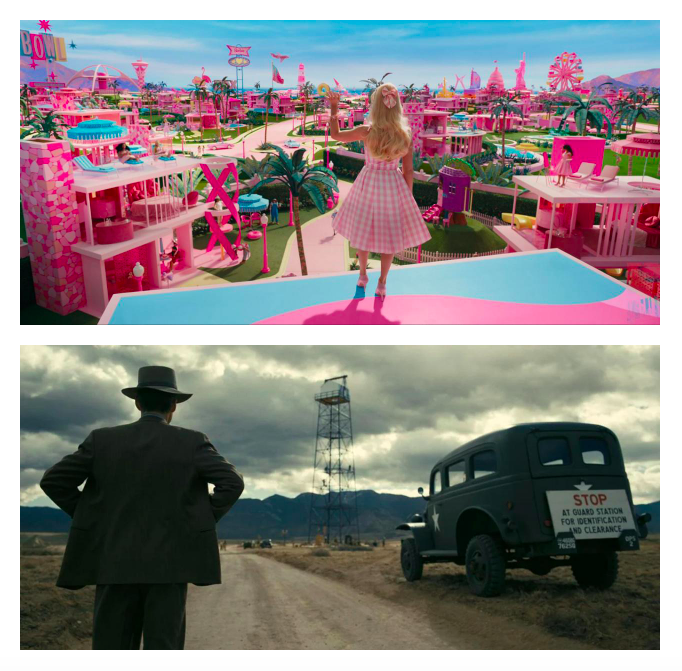
Spike Art Magazine - Women create; men destroy. If the future is female (which we know from Dior T-shirts) and the past extremely male (which we know from world history), we can contextualize the awfulness of the present while still holding out hope for a more tolerable tomorrow. It will take a strong, brave, impossibly perfect woman to crawl out of the wreckage and put things back in order, but she can do it – she can do anything. This is the teleology of Barbenheimer, a presently unavoidable internet phenomenon inspired by the odd bedfellows Greta Gerwig’s Barbie (2023) and Christopher Nolan’s Oppenheimer (2023) made when they shared a U.S. premiere date.︎
Film - 07/20/2023
Giving Up the Ghost
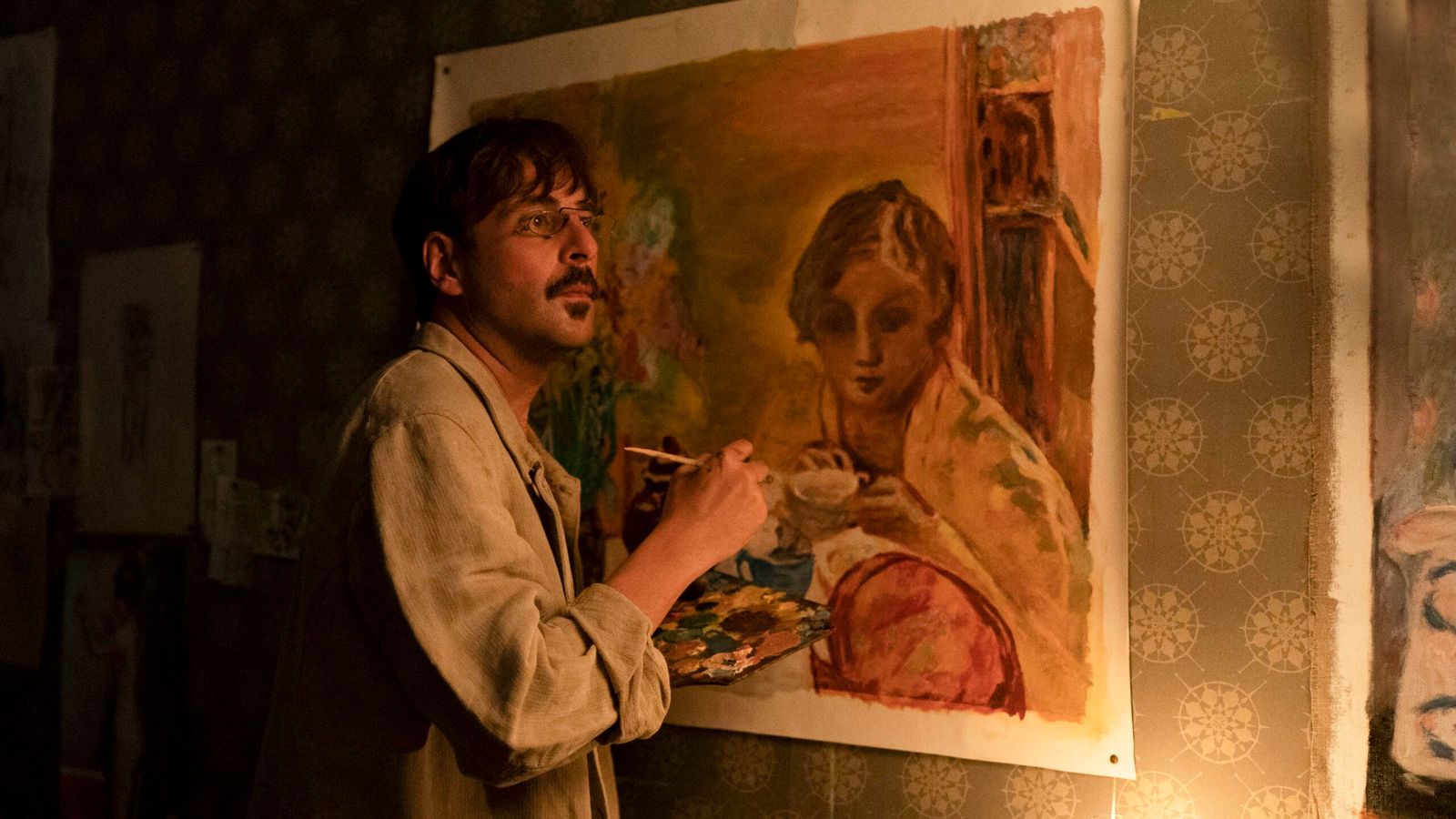
Spike Art Magazine - Under the sway of the enfant terrible and emptied of drama in their stories’ happy endings (spoiler) in museum collections, biopics too often lose sight of what is individual in their great-artist subjects. What sets apart the genre’s best films from so much over-stylized bluster is their clarity about the fact that art-making is work and that certain economic conditions produce artists’ myths.︎
Art - 06/16/2023
Eden in the Concrete Jungle
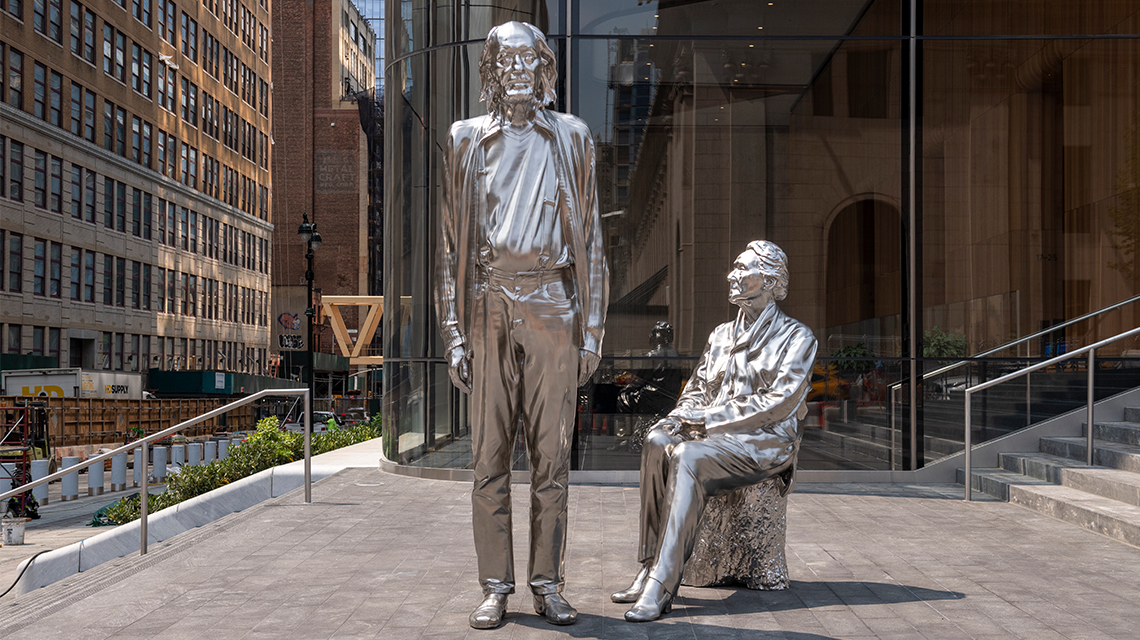
New York Review of Architecture - If you consider the recent spate of luxury development on Manhattan’s West Side as billionaires building themselves an Eden within the concrete jungle, then the arrival of CHARLES RAY’s Adam and Eve on the corner of 31st and Ninth, bears interesting fruit. The two-figure solid stainless-steel sculpture depicts the biblical couple in their dotage, dressed in modern attire. Adam stands tall, rumpled, and rather proud, as though he’s about to begin monologuing. Eve sits on a stump and looks past him, as though she’s long ago stopped listening. The pair, whose feet nearly touch, leans away from each other in a manner that parallels the dancing tilt of the two SOM-designed Manhattan West towers overhead, while at the same time seeming to disavow any special kinship with these blue-tinted echelons of power. Actually, our oldest putative ancestors look rather cast out, as though they might be preparing to hail a taxi.︎
Film - 06/08/2023
Wes Anderson’s Asteroid City

Spike Art Magazine - If he hadn’t become a film director, Anderson would’ve made an excellent watchmaker. Everything he does now has the feeling of clockwork – from his steady, roughly triannual output of new movies to his mechanically precise manner of shooting, the camera always firmly strapped into place. His scripts, dependably co-written with Roman Coppola, likewise contain a panoply of tropes and characters that have become clichés of his own making, which he neither seems to want to abandon nor expand much beyond. The only thing that changes from one film to the next is the scale at which these gear-like motifs fit together and the speed of their churn, as we wind our way toward a credits sequence stacked with household names.︎
Art - 06/01/2023
Interview: Ann Hamilton

November - I first met Ann in late 2022 when I attended the opening of her solo exhibition Sense at Elizabeth Leach Gallery in Portland, Oregon. The exhibition contained tapestry-like images of birds, rocks and everyday objects captured myopically by a retrograde scanner and printed on lightweight gampi paper. Endpaper collages of fabric and text complemented these works, as well as a subtle audio component of whistling. I was struck by an awareness of my body in space, the tactility of the wall works driving a yearning for touch. A rare gallery exhibition for Ann, the show situated works and themes she has been exploring for decades and served as a compendium for her recent artist book, also called Sense, which is out now from Radius Books.︎
Film - 06/01/2023
Cristian Mungiu’s R.M.N.

The Brooklyn Rail - R.M.N. is one of the most honest depictions of xenophobia and tribalism in recent cinema, as well as—perhaps fittingly—one of the least satisfying. Romania is quite the staging ground for such an ordeal: following its 2007 induction into the European Union, the country’s workforce has increasingly left to serve as menial labor for more developed nations therein—leaving its own towns and cities in search of outside labor in turn. It also represents a complex ethnic mélange, with large numbers of Hungarians and Germans in addition to over a million Romani. Talk of ethno-nationalism pervades all corners of this film, though no one can seem to decide who exactly is Romanian enough for it.︎
Art - 05/30/2023
At the Cost of Ambiguity: Wangechi Mutu’s “Intertwined”

Spike Art Magazine - Wangechi Mutu’s early work showcases her intuitive command of found objects, whose allegorical context she rigorously assesses and playfully remixes into a fusion of religious, Pop, and Afrofuturist stylings. Throughout “Intertwined,” there’s a sense of effortlessness to Mutu’s critique of Western culture’s most basic signifiers, as though the artist could instantly détourn and refashion the most anodyne of objects into totems.︎
Film - 03/01/2023
Daniel Antebi’s God’s Time

The Brooklyn Rail - The most memorable scene of God’s Time happens near the start, when the film’s hero, Dev (Ben Groh), bombs down a SoHo street on his bike, grooving to a gospel song in his headphones. It’s telling how simple this moment was to shoot. The main points of interest here are Dev’s outfit, Groh’s ability to ride a bike with no hands, and the scale of New York City behind him—which does a splendid job throughout God’s Time of playing itself. What more does one need beyond Dev’s easy balance to tell us about the way he inhabits this place? Budgetarily spare and narratively abundant, Antebi’s film is a reminder that, while it might be easier to make movies (or live) in this city with unlimited cash, it’s often more fun working out of a sense of resourceful constraint—aiming high and seeing what you can get away with.︎
Film - 02/03/2023
Avatar: The Way of Water
New York Review of Architecture - As astute critics have noted, Avatar is basically just Dances with Wolves in space. In the future, a white man sees things from an Indigenous perspective, turning the tide in a settler-colonial conquest. For The Way of Water, director James Cameron revamps this trite story with tidbits from his other hit films, including revenant bad guys and a giant sinking ship. He compensates for narrative laziness with the best visual effects yet seen in cinema. There's something astoundingly ironic about using cutting-edge technology to tell a story of native wisdom triumphing over technoindustrial will. This movie convinced me that we've finally bridged the uncanny valley of digital world-building. Now, as we float on the cusp of a singularity that would allow us to upload our consciousness, all we want is for it to feel wholesome, natural: like swimming with whales. Only the natural now looks alien to us, and the whales look like equal parts lobster and turtle.︎
Film - 01/31/2023
World Cinema Poll 2022
Senses of Cinema - 2022 was a year for rebels, or at least my cinematic viewing practices reflect my interest in them. The old ways aren’t working anymore, and any sense of satisfaction left with the status quo teeters precariously. The ten new films I loved most this year all deal, in one way or another, with the fate of being cast out, and in turn ask important questions about the nature and possibilities of the social contract. Some of them were, on top of this, made with an anarchic or contagiously subversive spirit, and reflect the fact that some of the best creative minds of our age are also fervid, seething sensibilities.︎
Technology - 01/23/2023
Comfort Noise
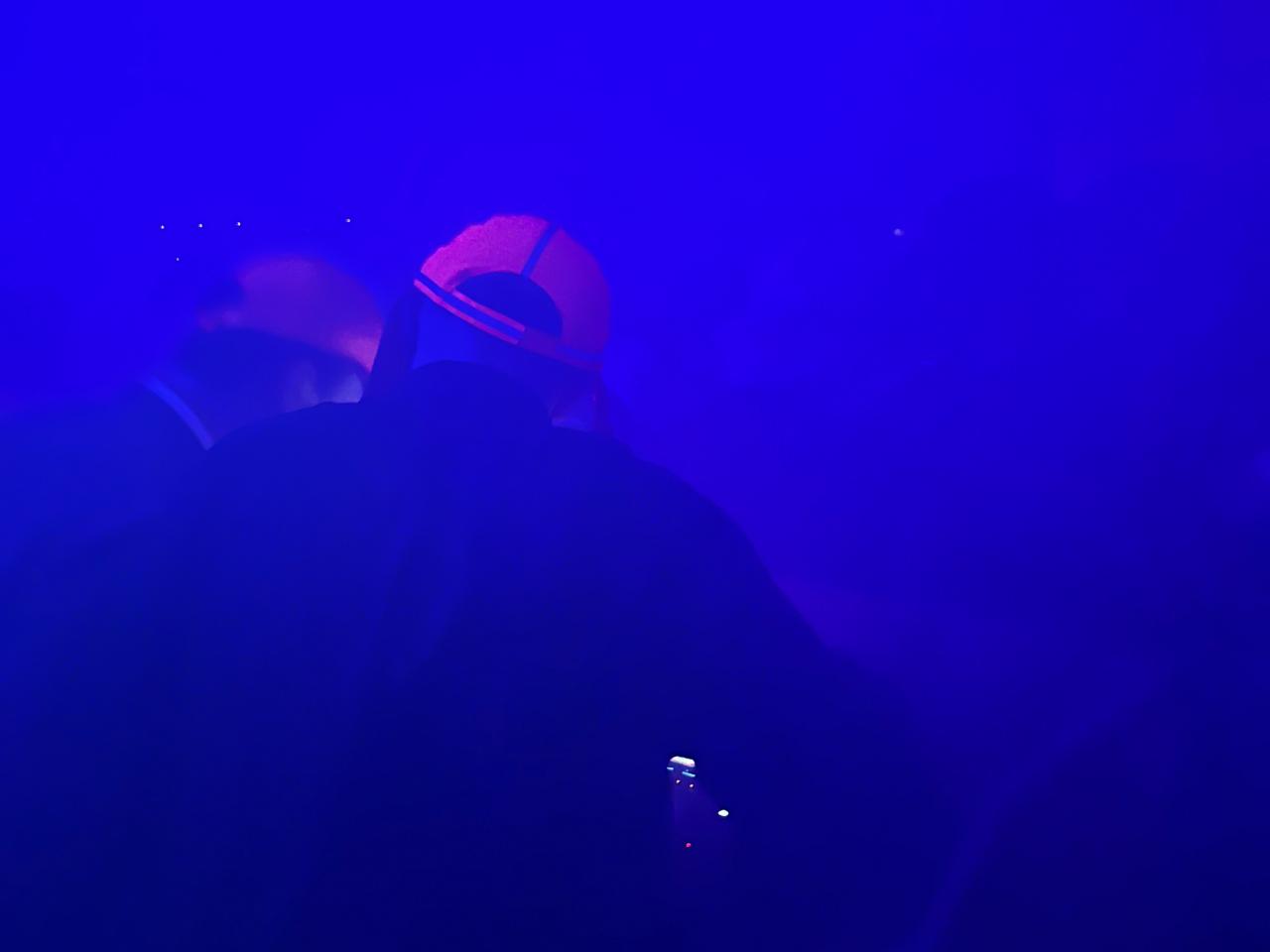
Spike Art Magazine - The world that once incorporated CDs and cassettes – discrete pieces of information that could only be accessed when slotted into the right portals – has disappeared, eaten from the inside by the ever-present web. Instead of whatever stoner-creep-frat contingent that had once defined Skrillex’s early output as “brostep,” the crowd at Rash was queer, diverse, and self-consciously alt, with hand-knitted hats and buttons pinned to bondage harnesses. They reminded me of the kids I’d hung out with in my hometown’s DIY scene – people who used Modest Mouse lyrics for Tumblr URLs and reveled in being misunderstood. Had this crowd really followed me along the same trajectory, from self-important angst to smooth-brained ebullience? How did we all end up here, listening to hyperpop on the precipice of a new landmark in time?︎
Art - 12/14/2022
Ann Hamilton: Sense

The Brooklyn Rail - For much of her career, Ann Hamilton has focused on cultivating environments that reorient the attentions of the people inside of them, providing sensual, probing focus to the textures of everyday life. But the tragedy of installation art is that it does not last. These problematics of iteration go beyond simple logistics of site-specificity, or even the marketability of conceptual art, to the heart of human attention and its capacity for embodied presence. Still working entirely with everyday objects, Hamilton’s recent work has seemed less interested in exuberant combinations than in quiet contemplation, a way of winnowing a transcendental experience down to its core details.︎
Film - 12/14/2022
Luca Guadagnino’s Bones and All

The Brooklyn Rail - Luca Guadagnino’s films are characterized by tenderness, violence, and attention to detail. Those who, upon hearing that his new project Bones and All (2022) was about cannibalism, assumed it was conceived in light of the actor Armie Hammer’s sadistic sexual allegations will be surprised by this film’s intensity and specificity of vision. Adapted from Camille DeAngelis’s 2015 young adult novel by the same name, in Bones and All, a hunger for flesh manages to transcend its own implications of cruelty. Through Guadagnino’s attentive work, cannibalism becomes a metaphor for closeted queerness: a way of dramatizing both the consummate longing and consonant shame of wanting something you shouldn’t.︎
Film - 12/14/2022
The Greatest Films You’ll Never See: Stop!
The Brooklyn Rail - A true creative visionary, Bill Gunn was never given his due in his lifetime. Best known today for his independently-produced Personal Problems (1980) and implacable Ganja & Hess (1973), Gunn’s first foray into filmmaking was actually with Warner Bros., where he was given a surprising level of artistic freedom before doom. Stop! was only the second film by a Black director to be made under the studio system. His hopes of making an au courant sexpot social commentary project were dashed when Stop! was slapped with an X Rating by the MPAA board and shelved. Today, the film has been viewed exactly once on its intended 35mm—at a Whitney Museum screening honoring Gunn’s death, in 1989. But the film was finished, and bootleg copies (digitizations of an execrable VHS version) float about. Reportedly, Warner Bros. still has the original prints, but says it can’t release them due to lost royalties paperwork for the actors or musicians. Watching Stop! in the bootleg format is like looking at a Van Gogh through a keyhole. It may well be a masterpiece, but it’s not like you can tell.︎
Technology - 12/09/2022
Dispatch: Redesigning the New School
New York Review of Architecture - Despite the dozens tuning into the New School Part Time Faculty Union’s Strike School on Monday, there was an air of uncertainty about proceeding as planned. The university, which has been fending off a fair contract with the union since early November, had just announced its intentions to start withholding pay. Against this backdrop, anthropology professor SHANNON MATTERN began her explication of the university’s design ethos and the neoliberal vision it embodies. Reviewing various technologies employed by the New School, from their accordion-style web design (which discourages open access) to their infamous Pentagram-designed typeface (which algorithmically emphasizes flexibility and modularity—qualities the adjunct staff say have been excessively required of them since the pandemic)—Mattern left open the question of which was better: the power of small, course-correcting interventions or a more holistic “raze and rebuild” strategy. For a striking faculty of thousands now facing down the prospect of unemployment, the latter option felt like a breath of fresh air. As one adjunct put it: “The university believes it will be fine without faculty, so maybe faculty [should] ask ourselves if we can be fine without the university.”︎
Film - 10/30/2022
NYFF 60: Hide and Seek

Senses of Cinema - In an age that increasingly relies on visualisation to communicate, we come up constantly against a strict grammar, both in cinema and across other media, dictating what kinds of images are shown in which context. In the free-expressionist West, which lacks official censorship but is lately culturally obsessed over self-censorship and mass censure, these rules can feel ironclad despite being implicit. As an artistic medium, the imperative of cinema is to question this grammar, to employ it but also to subvert it when needed, in favour of the specific messages the filmmaker hopes to convey. Conventionality is often the enemy of these messages – and it was the antagonist of this year’s anniversary slate.︎
Art - 10/14/2022
Cruel Logic: “Art and Race Matters: The Career of Robert Colescott”

Spike Art Magazine - Colescott’s early years — which are passed over too briefly in the New Museum’s single-floor retrospective — demonstrate his innate sen- sitivity to opacity and color, as well as his fascination with perspectival depth as the primary organizational tool of the painter. He was initially an unsatirical admirer of the European masters; early works include respectful homages to John Singer Sargent and Édouard Manet, including a recreation of Manet’s Olympia (1863) that ignores the racially-charged aspect of the subject’s accompanying maid in ways that the later Colescott would never.︎
Film - 10/07/2022
The Returned Gaze: Ukraine in the Documentaries of Sergei Loznitsa
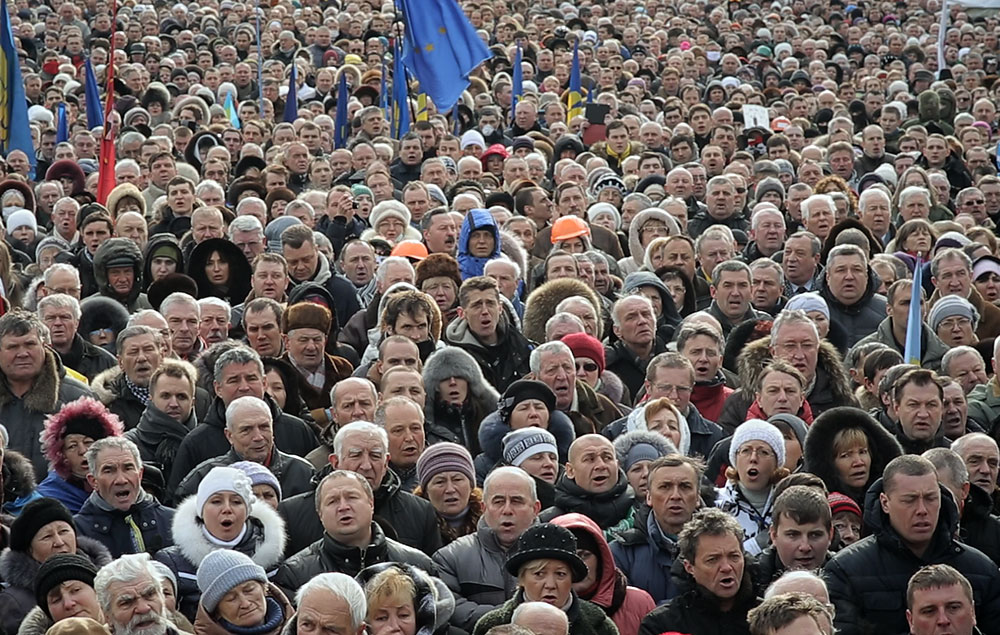
Film Quarterly - One of the most distinctive elements of Sergei Loznitsa’s films is his treatment of crowds. In extensive, static framing, often from a high angle, Loznitsa’s panoramas absorb dozens or hundreds of people as they pass through public spaces. In long takes, he allows the viewer to distinguish certain subjects and follow them as they blend into or stand out of the teeming masses. Typically eschewing interviews, voiceover, or any other form of individual testimony, Loznitsa’s estranged engagement with his subjects can feel disorienting to an American perspective. Unlike Frederick Wiseman, for example, whose documentaries dissect institutional power by shrewdly highlighting individual operators, Loznitsa films from a distance, capturing patterns of behavior on a grand, collectivist scale. The result is a perspective that enfolds the countless lives affected by events like revolution or war.︎
Film - 10/03/2022
What I Watched This Summer
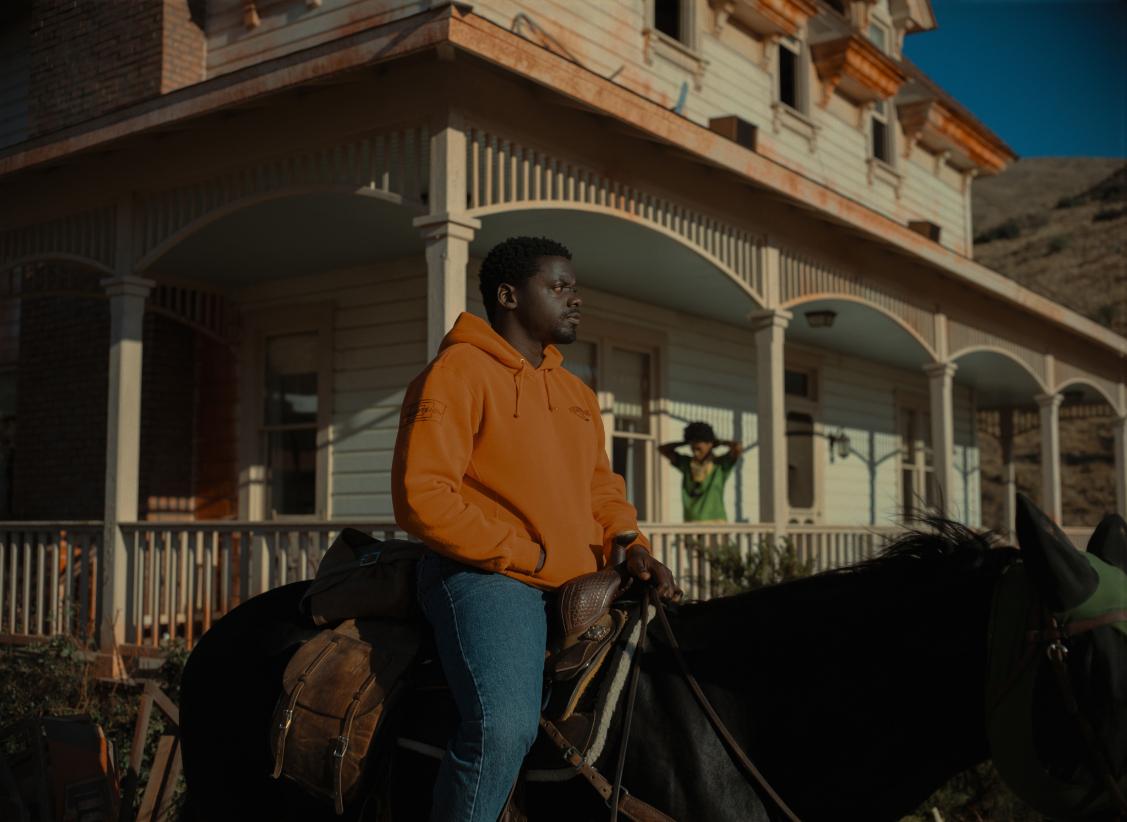
Spike Art Magazine - In the wake of the great collapse between high and low culture, situational context is the last form of distinction. To its credit, the art world has figured this out far better than the people who program and distribute films, which is why gallery screening rooms are so variable in terms of light, space, and seating arrangements — and almost always allow you the freedom to walk out of something you hate. At their best, films can anticipate and inform their screening environments, and not just in special cases, like Memoria, that depend on a certain level of sensory deprivation to flourish. Here are some of the movies I saw this summer, with my recommendations on the ideal ways to view them.︎
Film - 09/01/2022
Andrew Semans’s Resurrection

The Brooklyn Rail - A powder-keg of a psychological thriller, staging a practically ancient battle between the sexes, there is nothing self-consciously topical about Resurrection. Shot in Albany last summer by director Andrew Semans, and starring Rebecca Hall in an unforgettable performance, little else distinguishes it in terms of time or place. It could have been made in any American city, at any point during the past half-century. Perhaps because of this, the narrative unfolds with a strangely totemic heft: a modern myth about gender and motherhood in the same vein as Jordan Peele’s films have laid bare new truths about race. Inherent in its violence is a kind of catharsis, in which the protagonists shed blood not only to save themselves, but to protect what they signify to the world today.︎
Film - 06/17/2022
7pm in Cannes

Spike Art Magazine - Attending the festival for the fourth time this year, I’ve become obsessed with its little games of exclusivity. I find my own fealty to them both thrilling and perverse. The first time I came here, as a “senior producer” for a company both penniless and microscopically small, I realized the only place I could afford to stay in was a mobile home, situated at a campsite about a forty-minute bus ride from the main festival grounds. I was horrifically embarrassed at the thought of my poverty standing out at what is commonly considered one of the most glamorous events on the planet. I soon realized hardly anyone can actually afford this kind of lifestyle, and it’s only about how far people go towards pretending.︎
Film - 06/01/2022
Audrey Diwan’s Happening
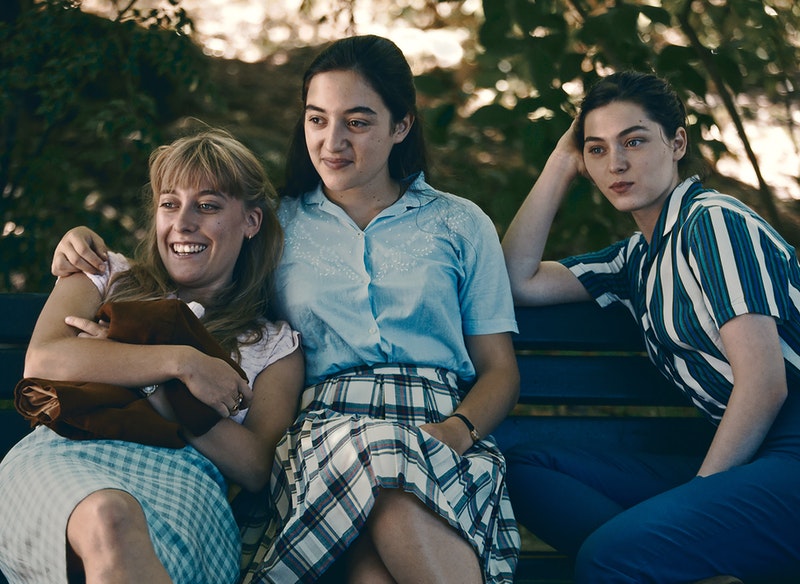
The Brooklyn Rail - Adapted from an autobiographical novel by the French author Annie Ernaux, Happening (2021) is director Audrey Diwan’s second feature. It is rare to see a foreign film emerge with such urgency. In a process which industry insiders know usually takes the better part of a year, the project was picked up by IFC Films following its September debut at Venice and arrived in domestic theaters nationwide less than a month after its American premiere. True to its title, the movie seems to carry with it the urgency of an all-consuming event. A deeply affecting encounter with illegal abortion, this is a story audiences seem capable of paying attention to only selectively, a subject just as likely to be rejected as absorbed.︎
Film - 05/28/2022
Interview: Albert Birney & Kentucker Audley Discuss Strawberry Mansion

Senses of Cinema - Without much help from public funding, the potential impact of independent American cinema hinges on the ability to share resources, creatively collaborate, and design one’s productions with intuitive vigour. Kentucker Audley and Albert Birney embody all these aspects of vanguard independent film. Though each has gained recognition for his own discrete projects, they have come together twice now, as co-directors, to make commercially-minded feature films that satirise commercialism. In Sylvio (2017) and the newly released Strawberry Mansion (2021), nonconformist characters struggle with identity and integrity in hostile environments.︎
Film - 04/29/2022
“Great Freedom” and the Paradox of Desire and Repression
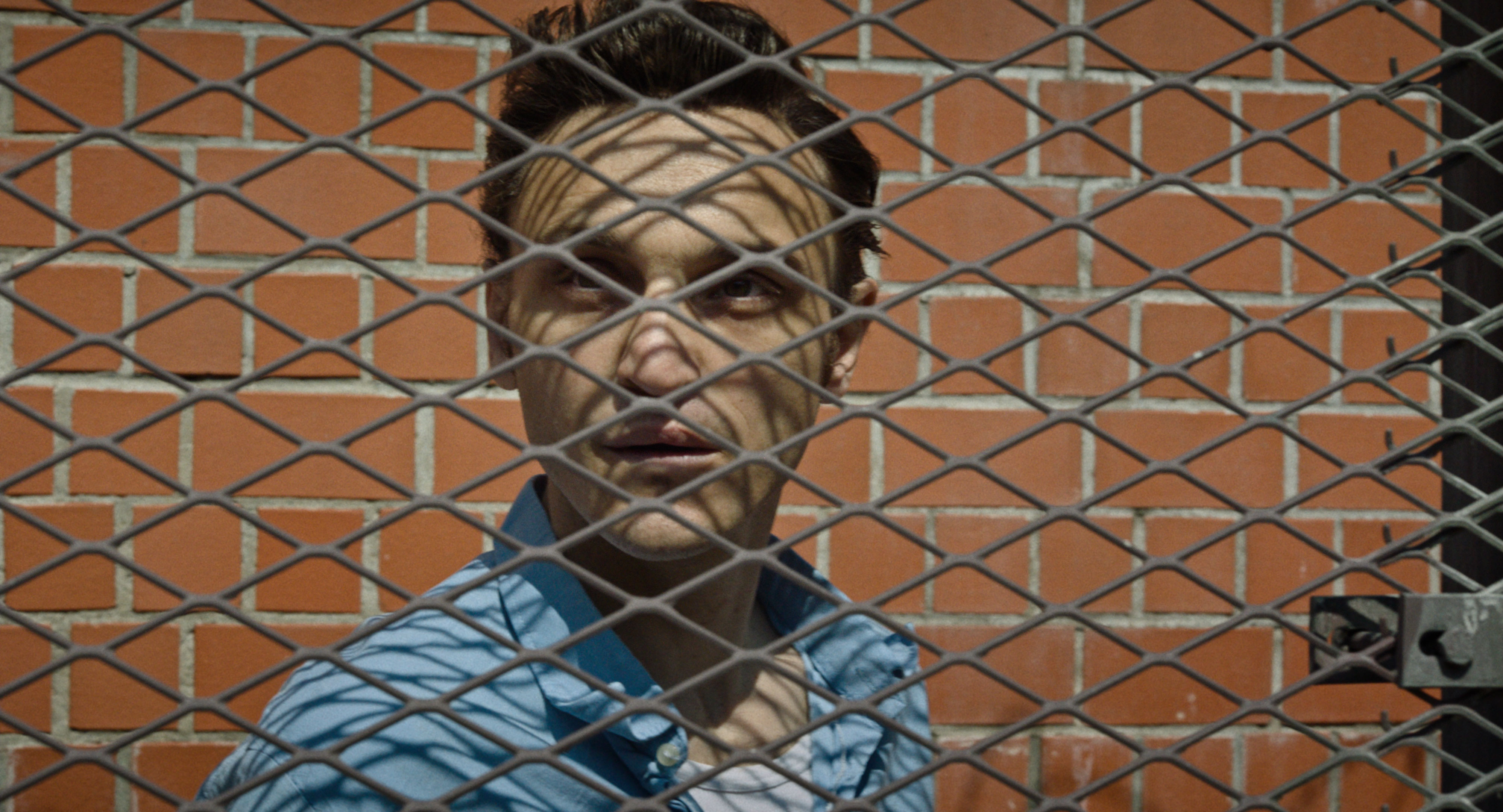
L.A. Review of Books - In Sebastian Meise’s third feature, fantasy, sexuality, and the state coalesce in disturbing and portentous ways. Set almost entirely inside a West Berlin prison between 1945 and 1969, Sebastian Meise’s film follows Hans Hoffmann (Franz Rogowski) as he serves out several sentences for the crime of “deviant sexual practices” — gay acts criminalized under Paragraph 175 of the West German penal code, and we are shown, time and again, how every part of who he is puts him back inside the cell. If Jean Genet’s Un chant d’amour is a metaphor for queer desire in the 20th century, Great Freedom provides a pernicious update to that parable. ︎
Art - 04/24/2022
Mungo Thomson: Time/Life

Pollinate - Thomson’s show contains a tremendous glut of images, all of which bear traces of their making as printed material. Like Richard Prince, he seeks to document them objectively, cropping and centering the pages of his guide to clearly depict a sole subject, rather than interlocking visual/textual information. The Time/Life guides to food, art, exercise, and travel were attempts to be encyclopedic about the world through pictures. In this way, they predicted the internet—which, as the 21st Century’s repository of visual culture (mainstream and not), dwarfs all its predecessors to an unimaginable degree.︎
Books - 04/21/2022
Diane di Prima’s Autobiographical Work Never Received the Same Attention as Her Poetry
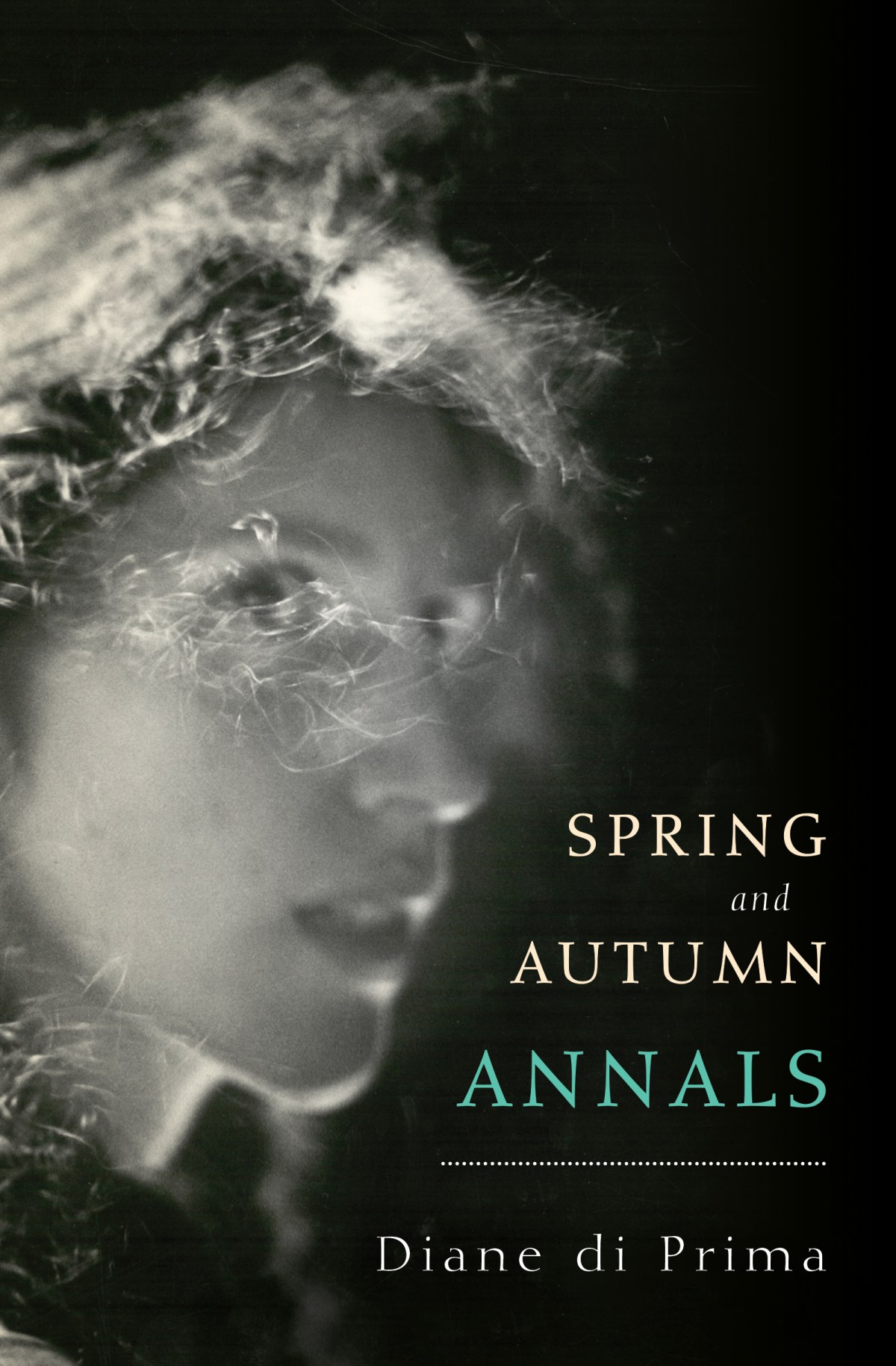
Hyperallergic - On October 27, 1964, Freddie Herko—the Warhol Factory Superstar, inaugural Judson Dance Theater member, and di Prima’s closest friend for over a decade—leapt out of a fifth floor window on Cornelia Street. His dramatic suicide seemed to shake something loose from the poet’s hard-edged austerity. Di Prima began composing a letter to Freddie, which she continued nearly every day for the following year, recording memories of their friendship alongside everything else she had lived though as a struggling artist up to that point︎
Art - 04/18/2022
Gala Porras-Kim: Precipitation for an Arid Landscape

Pollinate - Colonialism, collecting, and the hegemony of the archive are the subjects of Porras-Kim’s solo exhibition at Amant. Born in Bogotá, Colombia and currently based in Los Angeles, much of her work can be understood as a research of research: delving into the minutia of museum practices, storage management, and preservation techniques to get at the assumptions which undergird our institutional archives. As she deftly demonstrates here, such anthropological practices form the bedrock of the West’s self-ascribed dominance regarding the way it relates to other cultures, both living and dead.︎
Art - 04/02/2022
The Films of Jonas Mekas Are More Often Discussed Than Seen

Hyperallergic - Jonas Mekas is best known today for his tireless advocacy for the aesthetic possibilities of the motion picture. He also practiced what he preached, producing hundreds of films, which range in length from mere seconds to five-hour epics, and which subsume his relentless practice of recording daily activity and observations into a cinematic form he basically invented: the film diary. The Jewish Museum’s retrospective, The Camera Was Always Running, is the first U.S. survey organized around his many miles of footage︎
Art - 04/01/2022
Interview: Extended Reality Ensemble (XRE)
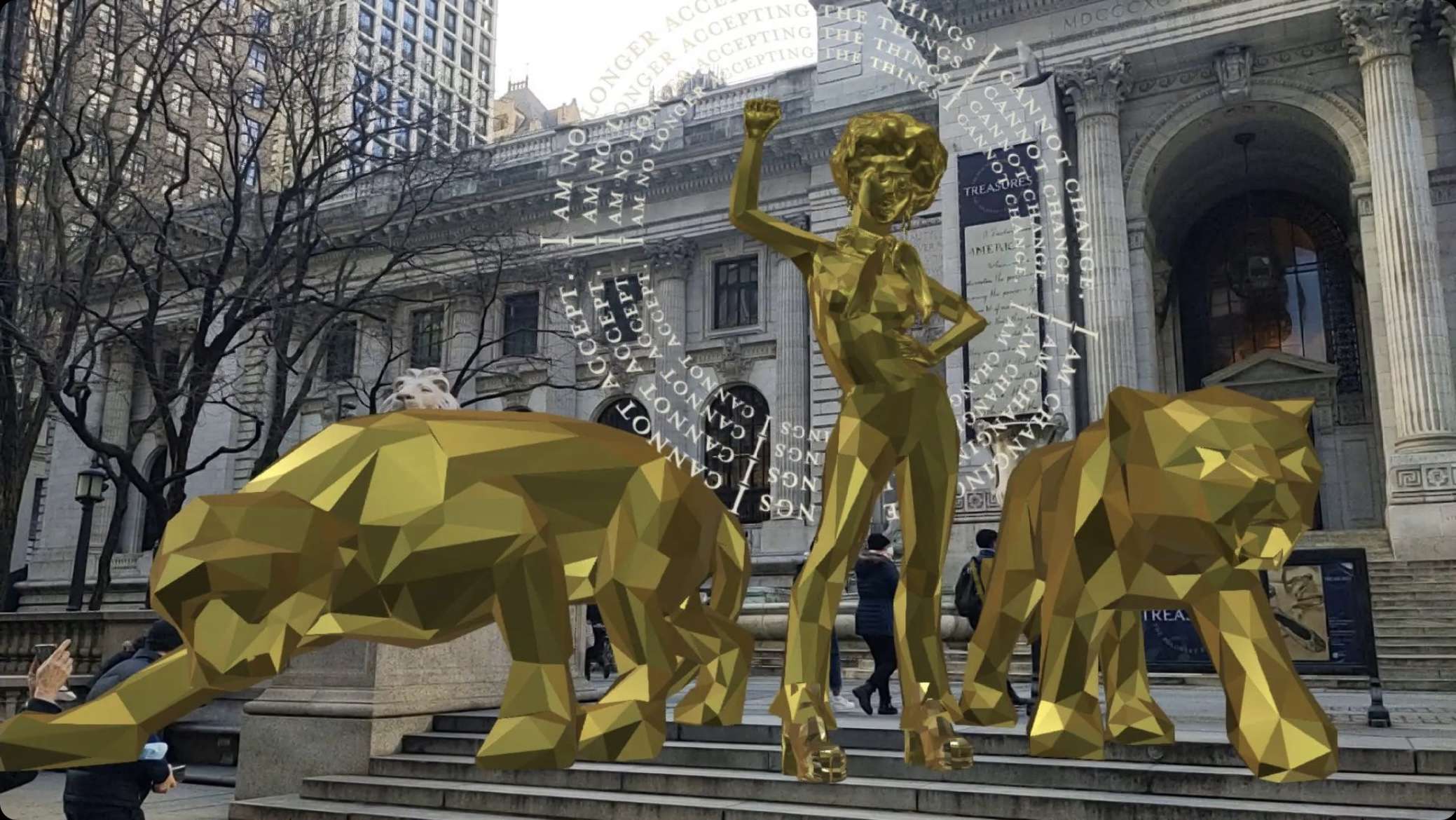
Pollinate - The Extended Reality Ensemble (XRE) is a collaborative network of artists, programmers, and curators working to change the way we encounter and engage with these monuments with a revisionary lens. March marked the launch of their #MakeUsVisible art campaign, which uses Augmented Reality (AR) to digitally impose new statues honoring women and non-binary people into the overwhelmingly masculine space of public statues and memorial squares in New York City. By connecting 31 emerging and established digital artists with specific memorial sites in New York City, XRE has reimagined the environment around us and the ingrained truths we are often told about men, history, and culture.︎
Film - 03/09/2022
Iuli Gerbase’s The Pink Cloud

The Brooklyn Rail - Brazilian auteur Iuli Gerbase’s directorial debut will forever be known as the prophetic apogee of quarantine cinema—for those who have the stomach to get to know it in the first place. As we are still living through a pandemic, the film cannot be covered right now the way most movies are in most outlets—that is, through the scrim of its entertainment value.︎
Books - 03/09/2022
Wolfgang Hilbig’s The Interim
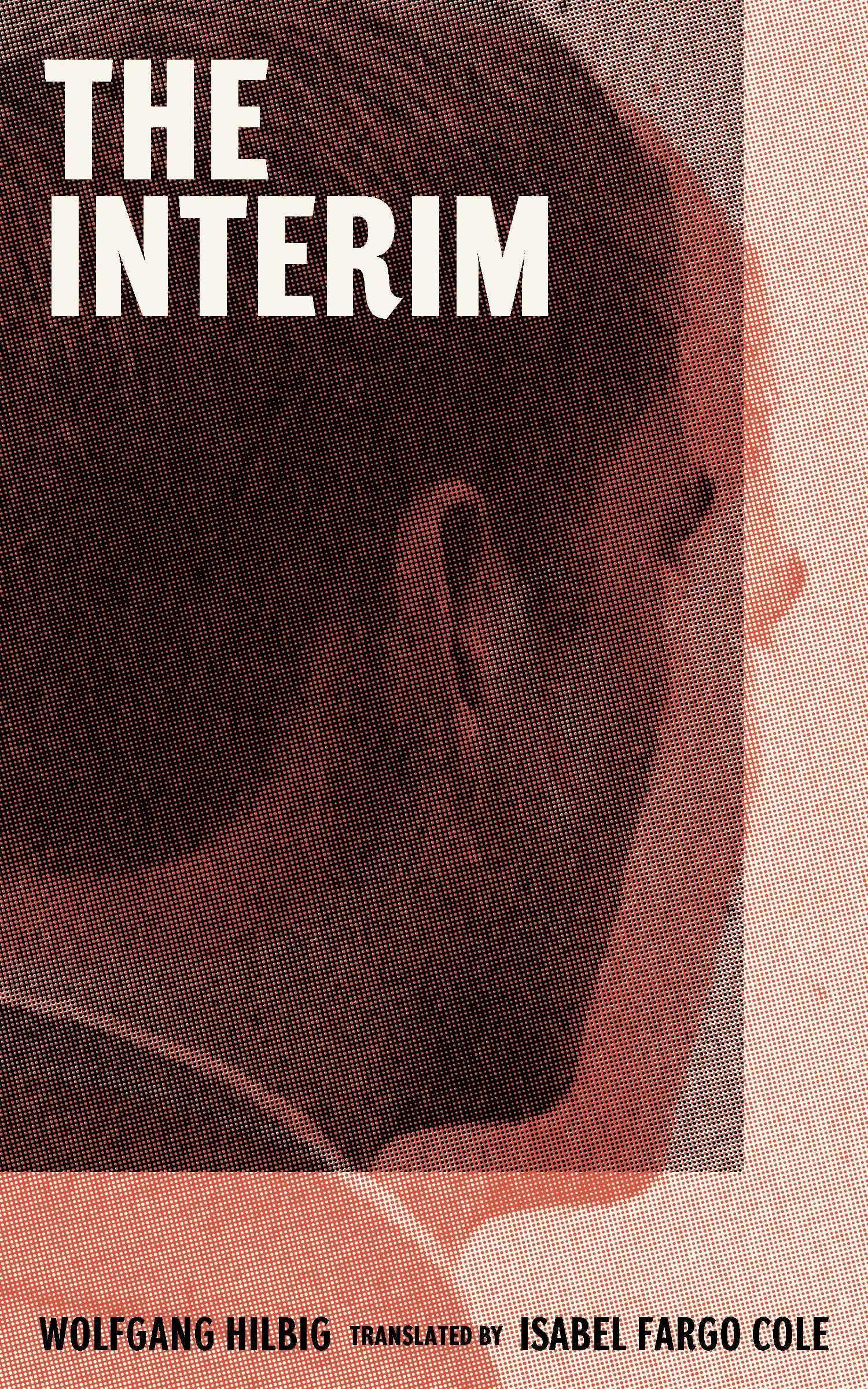
The Brooklyn Rail - In 1985, Wolfgang Hilbig was granted a yearlong visa to West Germany thanks to his status as an author—which he promptly overstayed, not returning east to his native GDR until after the fall of the Wall. A version of what happened in between is captured in his hectic and festering Interim, and in the plight of its pathetic author-protagonist C.︎
Books - 03/04/2022
Interview: Missouri Williams’s Philosophical Novel of Postapocalyptic Survival
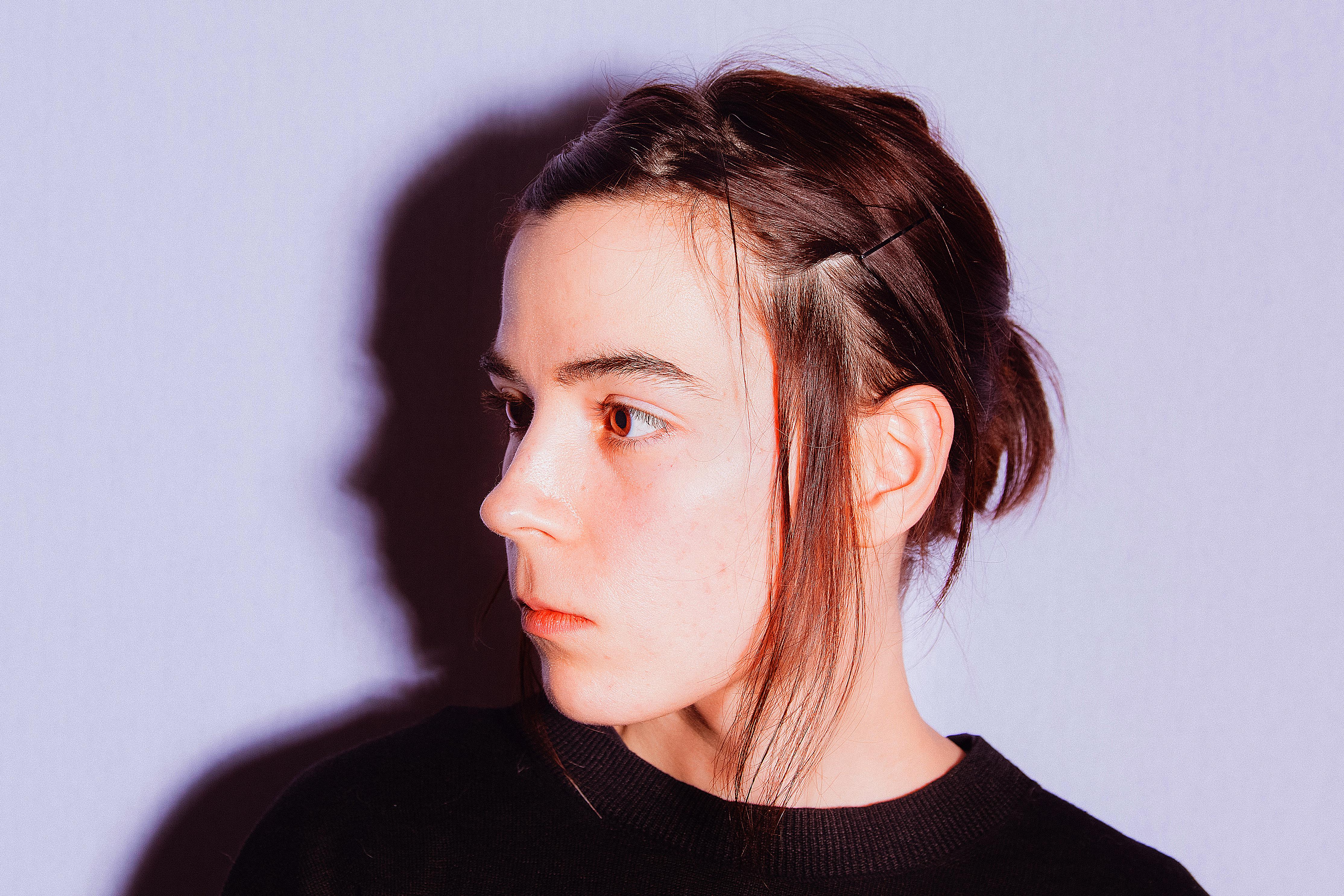
Bookforum - Missouri Williams is an author, editor, and playwright currently living in Prague. Her first novel, The Doloriad, is an apocalypse narrative of biblical proportions which l boldly engages theological questions about humanity’s will to live and right to survive. I spoke with Williams recently on the eve of The Doloriad’s release.︎
Books - 01/06/2022
Searching for (Artificially) Intelligent Life

Hyperallergic - Anarchic in tone and structured like a Mobius strip, Eugene Lim’s new novel Search History explores mortality by way of Buddhism, cybernetics, and cinematic concept of the “MacGuffin”.︎
Art - 12/20/2021
Assemblage Art for the Age of the Online Shopper

Hyperallergic - In his solo exhibition at Harkawik, Darren Bader brings a conceptual playfulness to found-object assemblage, updating Marcel Duchamp’s concept of the assisted readymade for the digital age. ︎
Books - 11/03/2021
A Freewheeling Translation of Dante’s Purgatory

Hyperallergic - By almost any standard, Bang’s translation is the most liberal interpretation of Dante available in English. But there moments in Purgatorio where she seems to improve the text beyond its original constraints, expanding its meanings with the help of several hundred years of history. ︎
Film - 10/05/2021
Embarrassment Of Riches: The 59th New York Film Festival

Senses of Cinema - This was a remarkable year for Lincoln Center’s renowned New York Film Festival - not just by shambolic pandemic standards, but by any standard. The festival’s program, both its Main Slate and more experimental Currents, was one of the strongest in recent history – a revelation and a comfort to those of us whose favourite pastime has been hollowed out by theatre closures, postponed releases, and the pittance of virtual links. ︎
Books - 09/01/2021
Motor City Underground: Leni Sinclair Photographs 1963–1978

The Brooklyn Rail - Unlike so many other exhibition monographs — which are often treated as something between a program guide and show souvenir —Motor City Underground presents detailed reproductions of Sinclair’s photographs, alongside a wide variety of testimony about her revolutionarily antiracist White Panther Party. ︎
Books - 08/21/2021
A World Made of Words
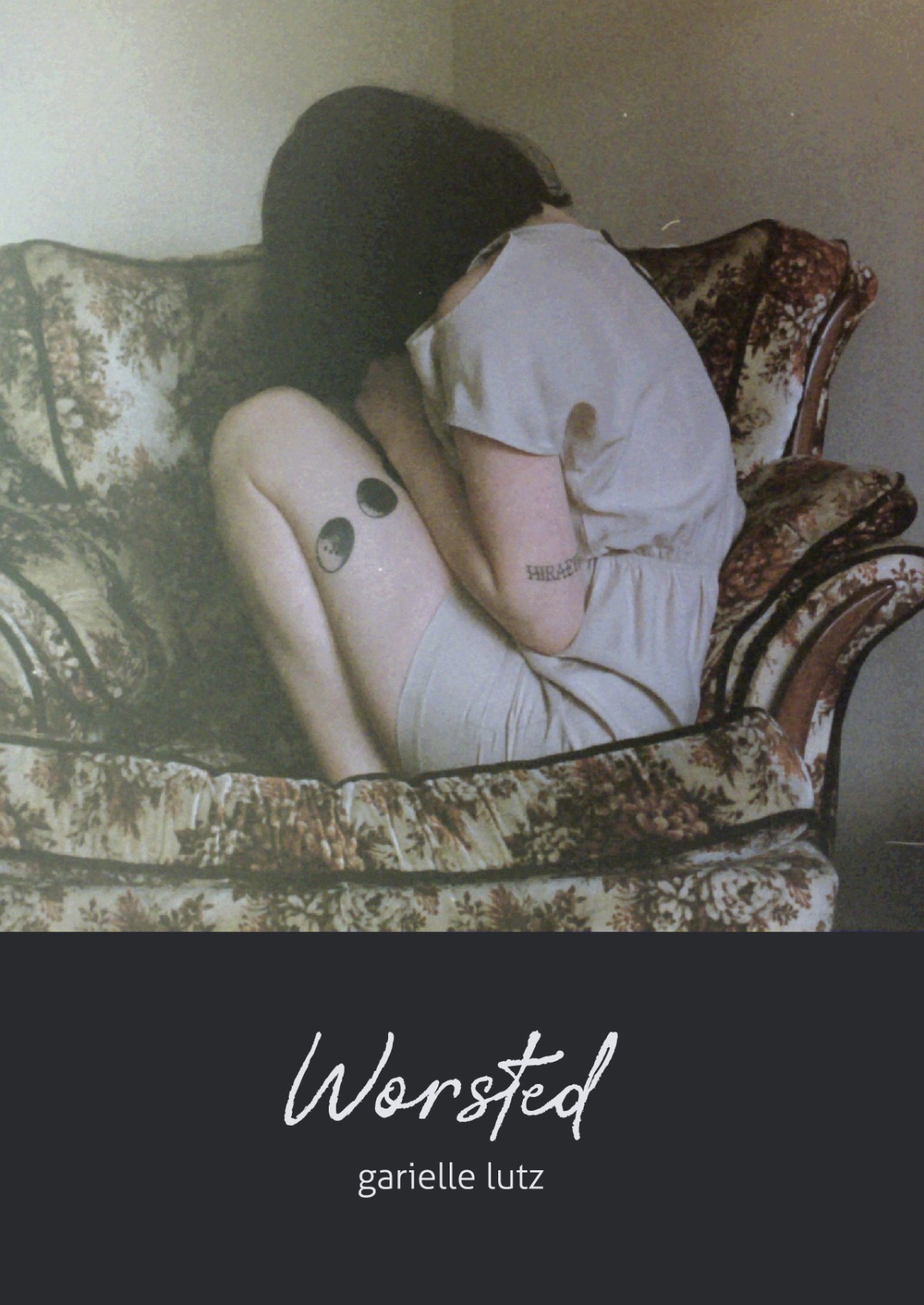
Hyperallergic - Garielle Lutz is an author who makes at least part of her living writing and editing grammar textbooks. In her new collection of stories, Worsted, Lutz’s sentences are among the most original in modern English, their linguistic specificity making them virtually untranslatable. ︎
Art - 08/07/2021
Plum Cloutman: Emergency
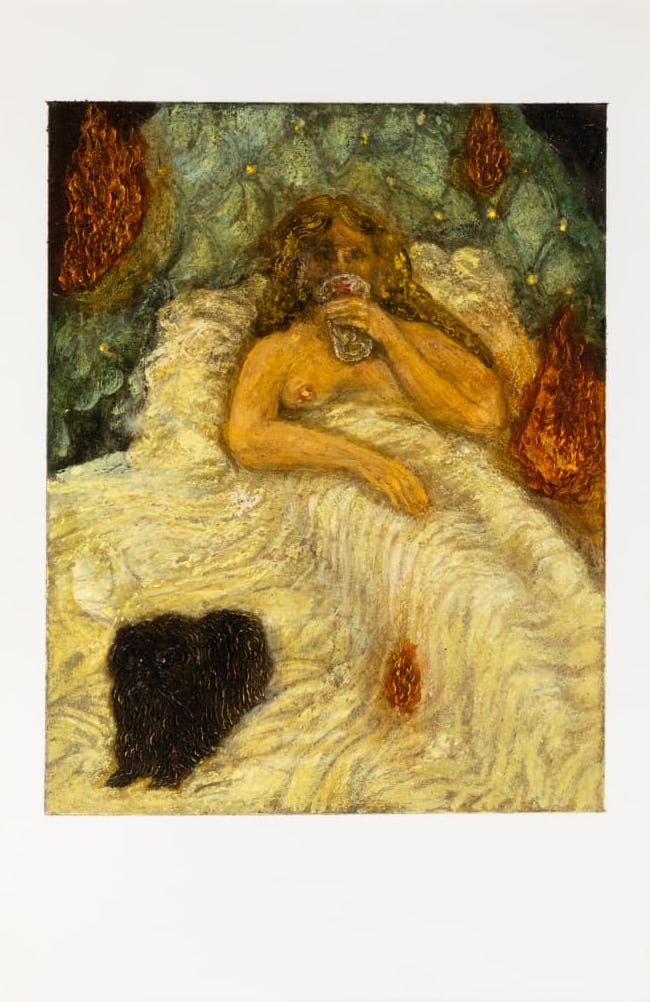
Pollinate - Each of the sixteen paintings in “Emergency,” Cloutman’s first show in the United States, depicts a private scene with beguiling intensity. The spatial configuration is tight, as if seen through a keyhole. These glimpses are more complex than they initially appear, with little games of perspective and arrangement playing out inside whorls of paint. ︎
Books - 05/24/2021
André Gide’s Pioneering Autofiction

Hyperallergic - Intended as a satire of the Parisian Symbolist milieu, Gide’s first novel Marshlands is a sendup of the misery and transcendence of writing itself. ︎
Fiction - 05/22/2021
Every Day is Like Sunday
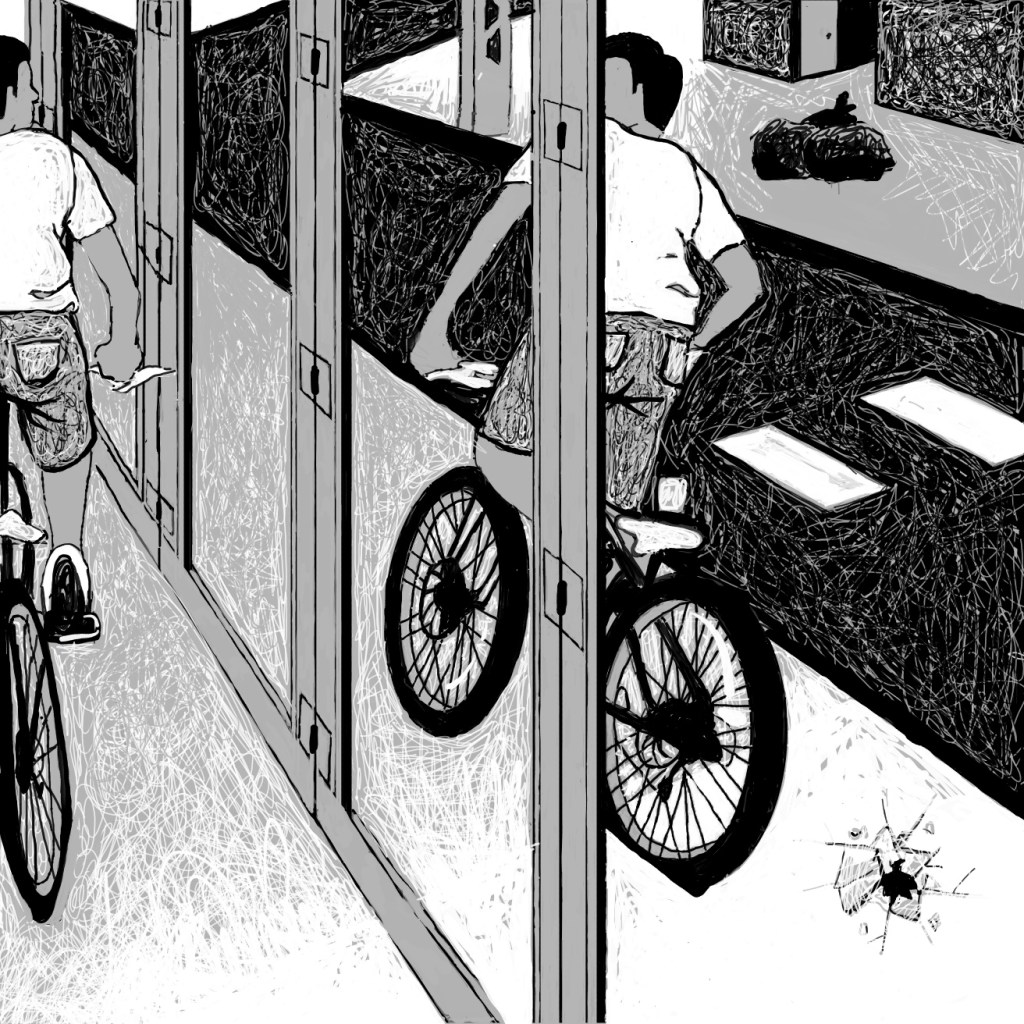
12th Street - The back tire of Caleb’s bike was softer than he would have liked. It had been a little underinflated on his last trip as well, a ride across the Manhattan Bridge several days ago to water Ally’s plants. Ally was an architect enrolled at Cooper Union. They had met at a bar near the college and things had moved somewhat quickly since then. That was back when bars were still open, before she had fled the city to ride out the pandemic at her parents’ place. He was the first person she had asked when her plants needed watering, and so he had gone and done it. ︎
Books - 04/02/2021
Stories of Memory, Loss, and Paranoia
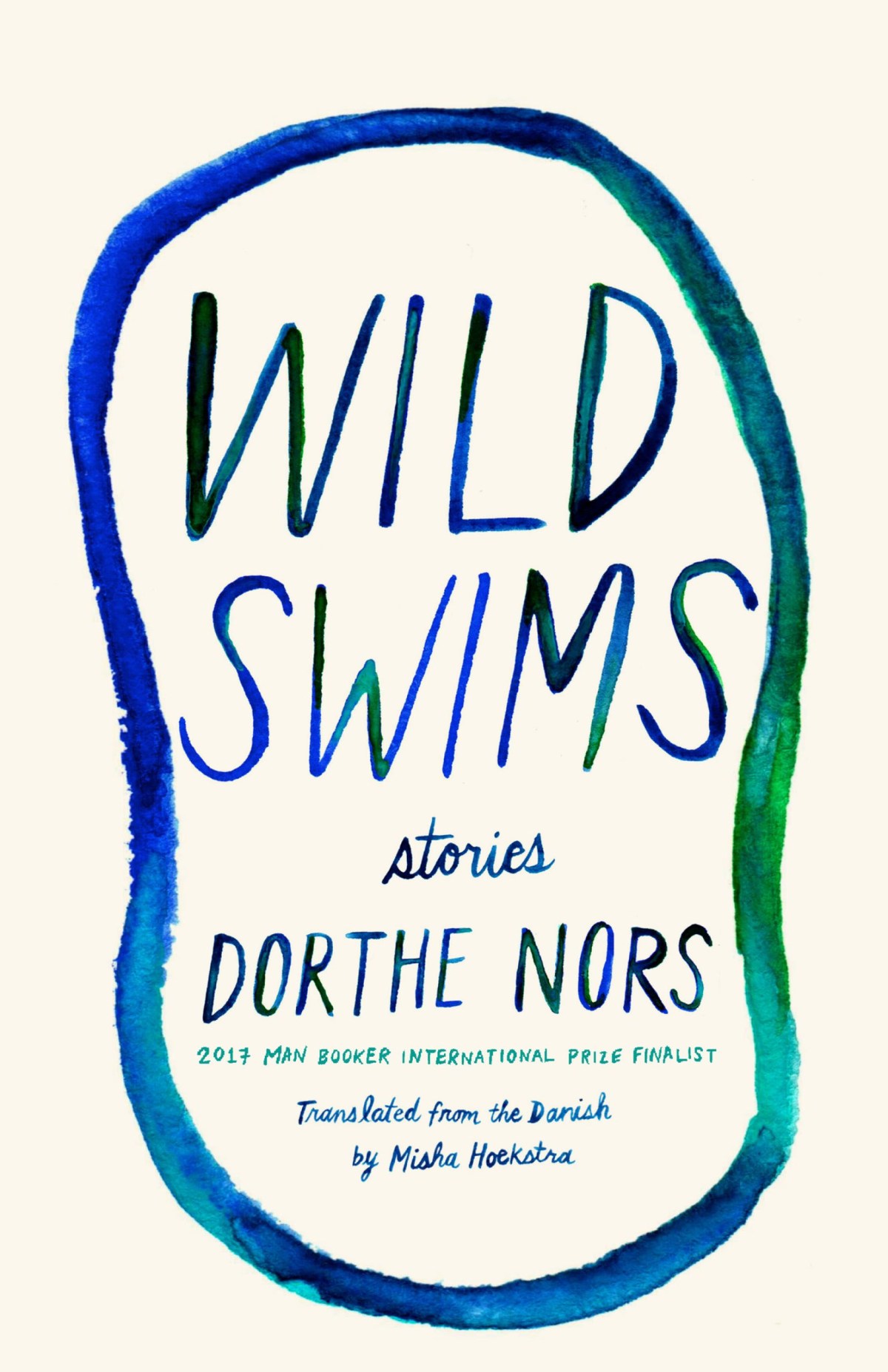
Hyperallergic - The short stories of the contemporary Danish author Dorthe Nors are a masterclass in minimalism — and an opportunity to ponder what remains in texts so stripped bare. In her new collection Wild Swims, other people present both an opportunity and a threat. ︎
Technology - 04/02/2021
Escape Velocity: NFTs and the Promise of Utopia
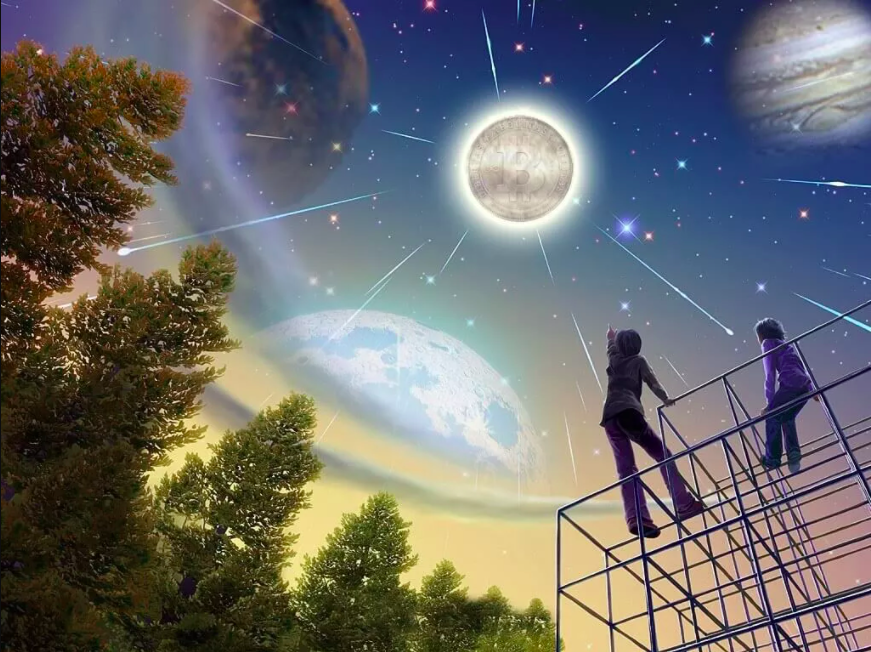
Pollinate - In the infancy of the internet, it was thought by some that we were on the brink of a global communist revolution, as new technologies for sharing would obviate the need for private property. In this context, the raging phenomenon of the non-fungible token, or NFTs, sounds like a bad joke. ︎
Books - 04/01/2021
Maria Stepanova’s In Memory of Memory

The Brooklyn Rail - The 20th century was filled with world-historical events of such magnitude that they seemed to promise an end to history itself. This sense of bewilderment is the real subject of Maria Stepanova’s In Memory of Memory, which tracks own genealogy, going back through four generations of Russian Jews, and presents it to the reader like a cadaver on a table. ︎
Books - 02/06/2021
The Last of the Storytellers

Hyperallergic - In his essay on Nikolai Leskov, the German literary theorist Walter Benjamin writes that “the art of storytelling is dying out. Encounters with people who know how to tell a story properly are becoming ever rarer. […] It’s as if a capacity we had considered inalienable, the most reliable of all our capacities, has been taken from us: the ability to share experiences.” ︎
Books - 01/30/2021
Fernando Pessoa and His Fictional Coterie of Poets

Hyperallergic - The Portuguese author Fernando Pessoa concealed his identity behind aliases, called heteronyms, who served as guides to living. His master heteronym, Alberto Caeiro, a pastoralist, is perfect in ways Pessoa never can be, and in ways that his readers can only aspire to. ︎
Film - 12/29/2020
Malina: Film as Ashtray

No. 3 - Ingeborg Bachmann’s life was a Molotov cocktail of philosophy and violence. In Werner Schroeter’s adaptation of Malina, a book which she considered her “imaginary autobiography,” a woman has an affair with a man she can barely understand, all the while negotiating a troubled relationship with her lover, who seems to know her so well he practically owns her. ︎
Books - 09/17/2020
A Brief History of Private Expression

Public Parking - All my life, I have been compelled to write my way through stretches of time alone, and I have never spent so much time journaling alone as I do lately. Examining Sei Shonagōn’s remarkable Pillow Book, written in Japan circa 996 C.E., for continuity in a sense of candid self-regard. ︎
Books - 09/05/2020
César Aira Portrays Artforum as an Object of Desire

Hyperallergic - The novelist transforms the renowned art magazine into an ambiguous symbol of everything its reader might lack. To stumble onto Aira’s book while searching for the periodical might feel a little eerie, like entering a vortex into which your very understanding of Artforum capsizes in the wake of an author at the height of his autofictional powers. ︎
Books - 09/01/2020
Andrei Monastyrski’s Elementary Poetry

The Brooklyn Rail - Monastyrski, scarcely known in this country but influential in Russia since the days of the Soviet Union, is a founding member of the Collective Actions group, largely credited with the advent of contemporary Russian performance art. His anthology, originally distributed samizdat, lives in the boundaries between the written work and its imperative, attempting to craft objects of all sorts that activate when looked upon. ︎
Books - 08/01/2020
Climbing a Symbolic Mountain With a Surrealist Writer

Hyperallergic - Long out of print, Mount Analogue, René Daumal’s cult classic, offers a tale of renunciation and self-acceptance. Our hero’s quest to arrive at the pinnacle of human enlightenment begins with a work of criticism he doesn’t remember writing. ︎
Technology - 06/21/2020
Humanizing the Machine: Selection and Synthesis in New Media

Journal of Art Criticism - In the past century, apparatus-based art forms have moved toward modes of production that foreground selection as a textural quality. In a world that now accommodates and archives everything under the sun, these modes of artistic craft have only a passing preoccupation with the myth of inspired originality, yet they represent an organic form of derivative production, one which still places an individual in the role of producer — an original and unitary artist-subject as opposed to, say, a neural network. ︎
Film - 05/31/2020
In La Chinoise, Jean-Luc Godard Attempts to Revolutionize Himself

No. 3 - La Chinoise presents the inflection point in Godard’s career, from New Wave darling to alienated Commie radical, and for a brief moment we are able to watch where these impulses overlap, and relish the sumptuous stylism of their fusion. The iconoclast was always itching to deconstruct the artifice of cinema — the rules he broke, such as showing the camera in mirrors or cutting sound altogether, still shock after some sixty years. ︎
Film - 05/15/2020
Ema and the Next Chapter of Movie-Watching

No. 3 - As theaters go dark across the globe, and film festivals from Tribeca to Cannes postpone their selection indefinitely, one wonders where to set our sights in hopes of seeing cinema reemerge. The next great surge of films may be in danger of getting lost or forgotten in the midst of a crisis which, ironically, has produced a greater demand than ever for revelatory storytelling. ︎
Books - 04/04/2020
Jonas Mekas’s Diary Reveals His Uncertain Sense of Self

Hyperallergic - “Why do we read a writer’s journal?” asks Susan Sontag in her 1962 essay “The Artist as Exemplary Sufferer.” A half-century later, instead of catching our authors naked, unawares, we now find them dressed and ready to greet us in the sketched-out corners of their mind, caught up in the work of self-preservation.︎
Books - 02/08/2020
Raymond Roussel’s Stories Are Based on Complex Word Games

Hyperallergic - A precursor to literary surrealism, Roussel employed pastiche and mathematics to prioritize form over content. He was hailed as a pioneer and genius by André Breton, Marcel Duchamp, and Jean Cocteau, and had a formative influence on American poet John Ashbery. ︎
Art - 11/01/2019
Janine Antoni: I am fertile ground

The Brooklyn Rail - Brooklyn’s Green-Wood Cemetery has experienced renewed vigor as a site of artistic presentation. The latest addition is I am fertile ground, a site-specific project by the Bahamian-American sculptor and performance artist Janine Antoni, located in Green-Wood’s catacombs. ︎